
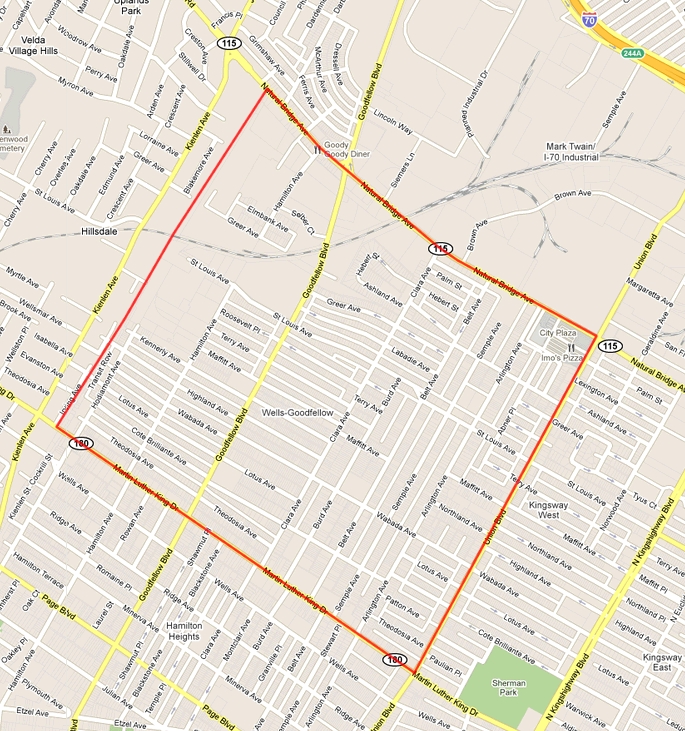 Wells/Goodfellow is a north St. Louis neighborhood bound by the city limits to the west, Union to the east, Martin Luther King, Jr. Drive to the south and Natural Bridge Avenue to the north. Wells/Goodfellow abuts the St. Louis County suburb of Pine Lawn.
Wells/Goodfellow is a north St. Louis neighborhood bound by the city limits to the west, Union to the east, Martin Luther King, Jr. Drive to the south and Natural Bridge Avenue to the north. Wells/Goodfellow abuts the St. Louis County suburb of Pine Lawn.
The 2000 census data counted 8,193 residents (down 29% from 1990’s count) of whom 98% were black, 1% white. There were 4,063 housing units counted, 73% occupied (46%/54% owner/renter split). Wells/Goodfellow is not a place people (read black people as it’s been 98% black since for at least 10 years) want to live. The neighborhood lost another 28% from 2000-2010. It’s bleeding residents at an alarming rate. This neighborhood appears years away from attracting a diverse set of people and investment. Sweeping, innovative, new thinking is needed if this part of St. Louis is ever to be a place visited and cherished by the region.
Here’s a sign entering the Wells/Goodfellow marking the St. Louis city limits. Unfortunately, the signs will need to be updated to the new number of 319,294 as counted in the 2010 Census.
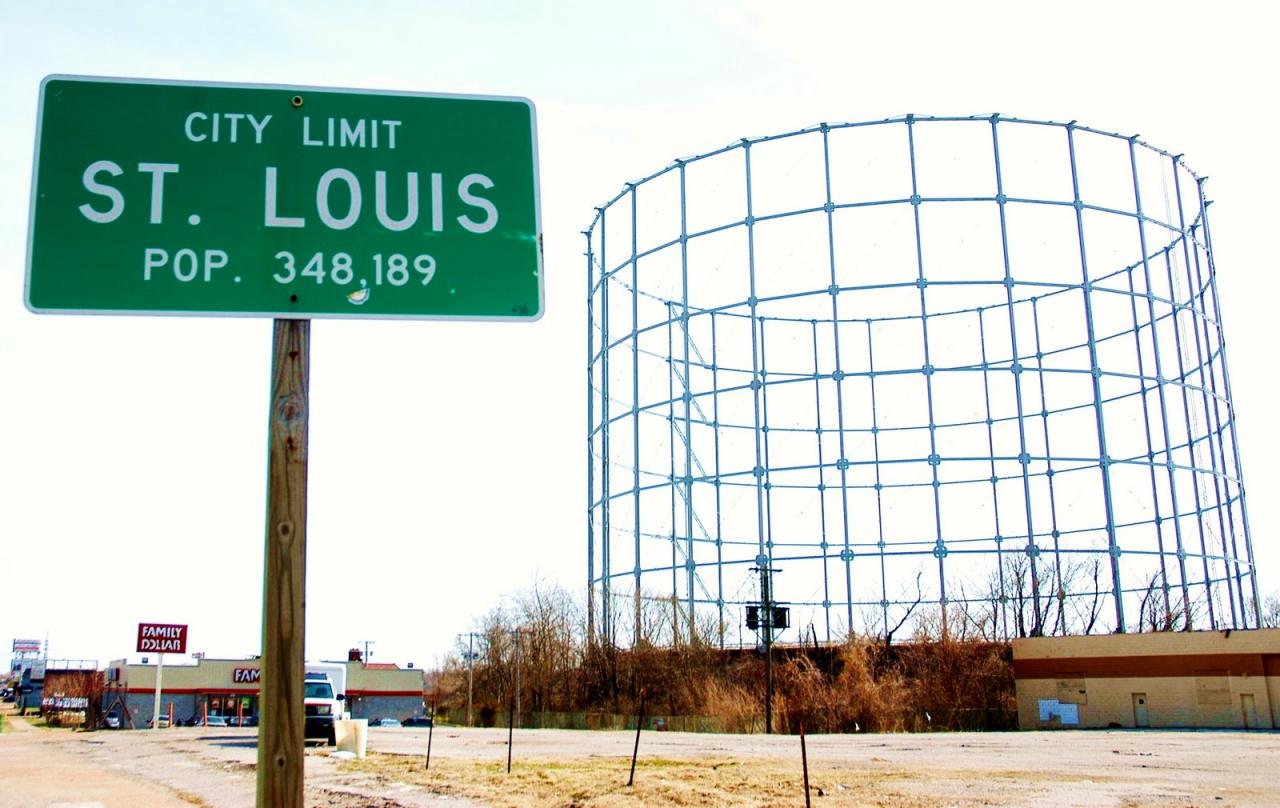
Note the vacant gasometer in the background. This is natural gas pumping station N; these used to be seen in Forest Park Southeast and the St. Louis County suburb of Shrewsbury before they were dismantled. This may be the last one in the area:
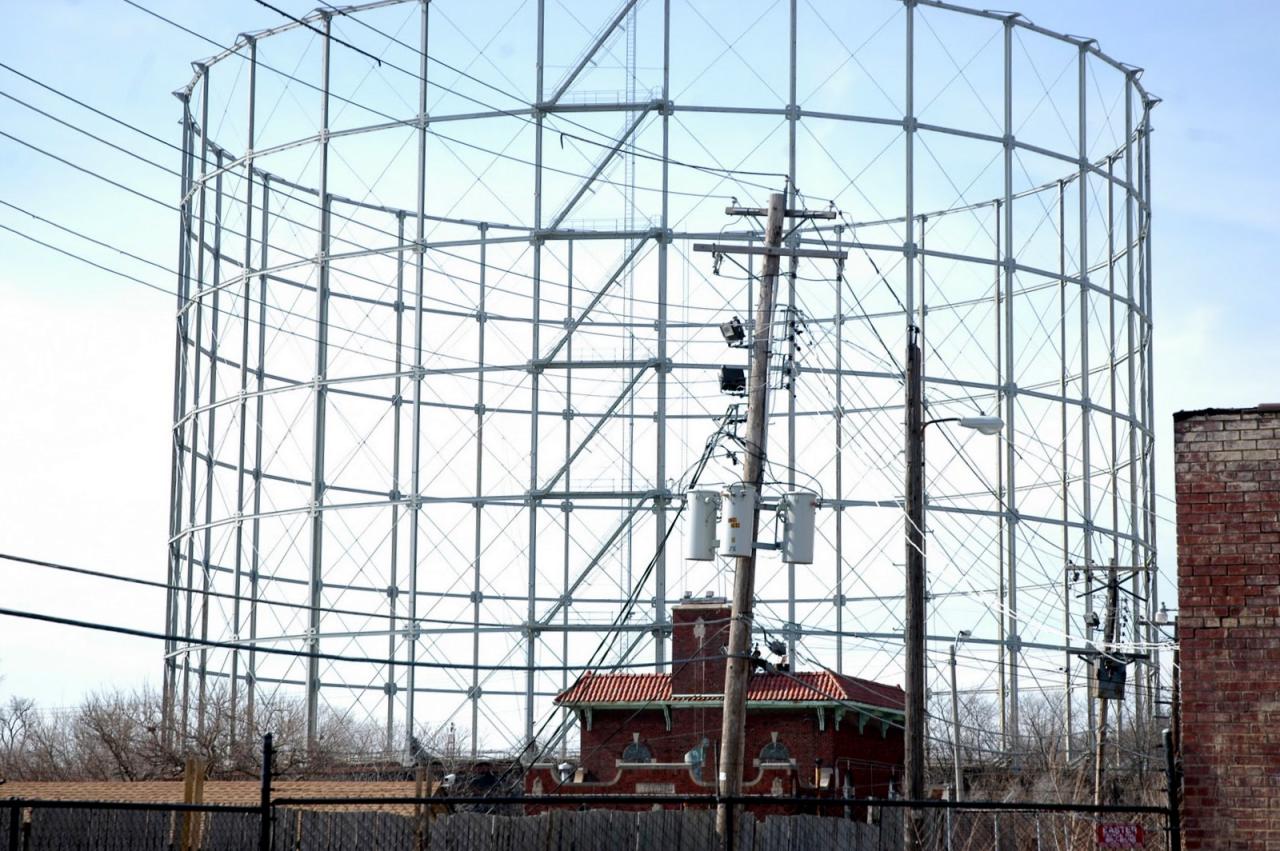
Here’s some information from the scant neighborhood website:
Institutions:
The Wells/Goodfellow neighborhood is to the south of the former General Motors Plant which is the new home of Union-70 Center Industrial Park. Both its perimeter streets and Goodfellow Boulevard are lined with many businesses. In the neighborhood are St. Louis Comprehensive Health Center and Mound City Medical Center. There are also many religious institutions including New Bible Days-United Church of God in Christ, Mount Pleasant Baptist Church and a Large Islamic Center. Barrett Brothers Park is also in Wells/Goodfellow.
Characteristics:
The Wells/Goodfellow neighborhood is dominated by many single family dwellings in both the Dutch style and those built in the shotgun style. There are also many two and four family buildings primarily located on its major streets. The neighborhood is prime for redevelopment with many available structures and lots.
The former GM plant I assume was the Chevrolet pickup truck plant that was closed and moved to Janesville, Wisconsin. Or, was this the same plant that built Corvettes from 1954-1981 on Union and Natural Bridge before it was closed due to environmental issues and moved to Bowling Green, Kentucky? There are some great photos of Corvettes being assembled in the city at this site. And here’s a great KETC video on the Corvette’s made in St. Louis. Alright enough of that, back to the neighborhood as it is today.
As with any neighborhoods in a state of severe residential decline, there are signs of when the area was thriving and quite dense; but sadly, those days are over. There were the once bustling commercial corridors of MLK, Natural Bridge, Goodfellow, Union and St. Louis Avenue, as well as signs of many intra-neighborhood corner stores:
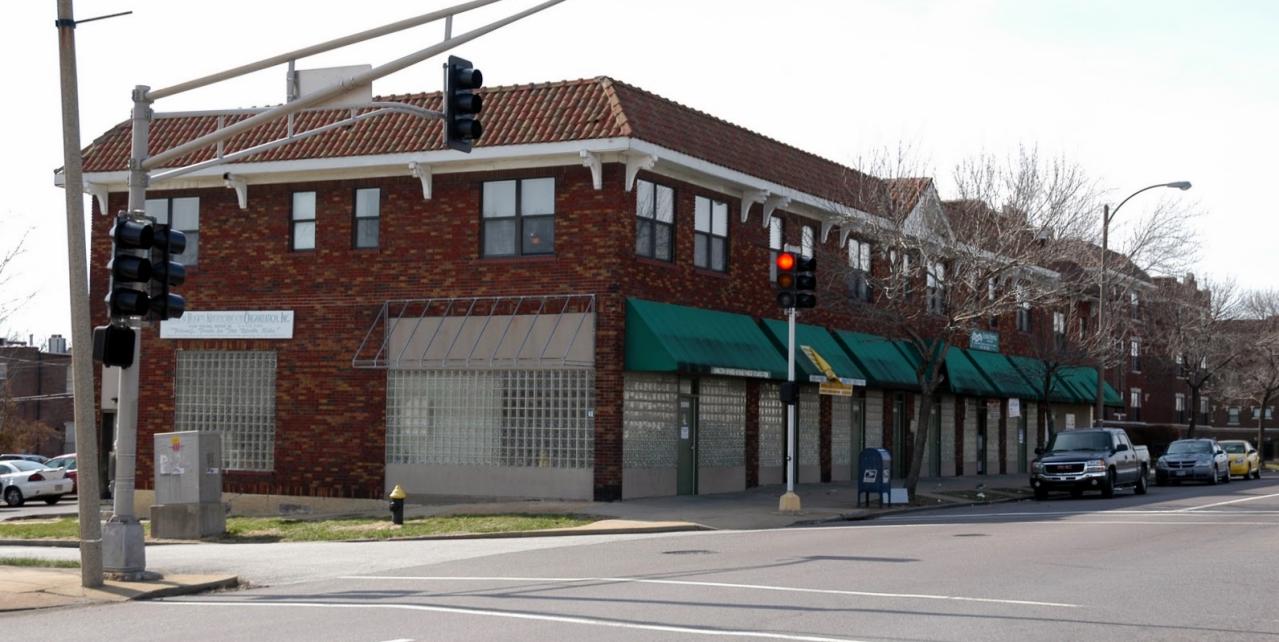
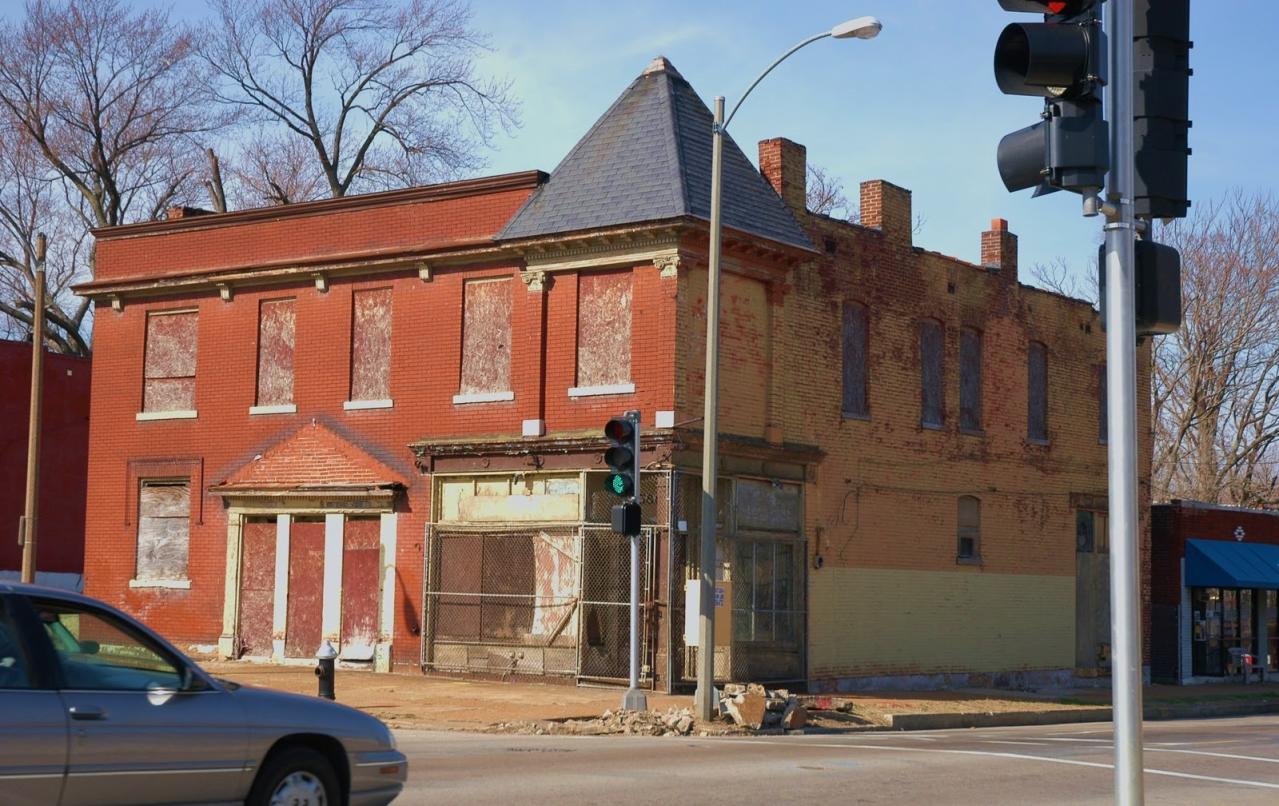
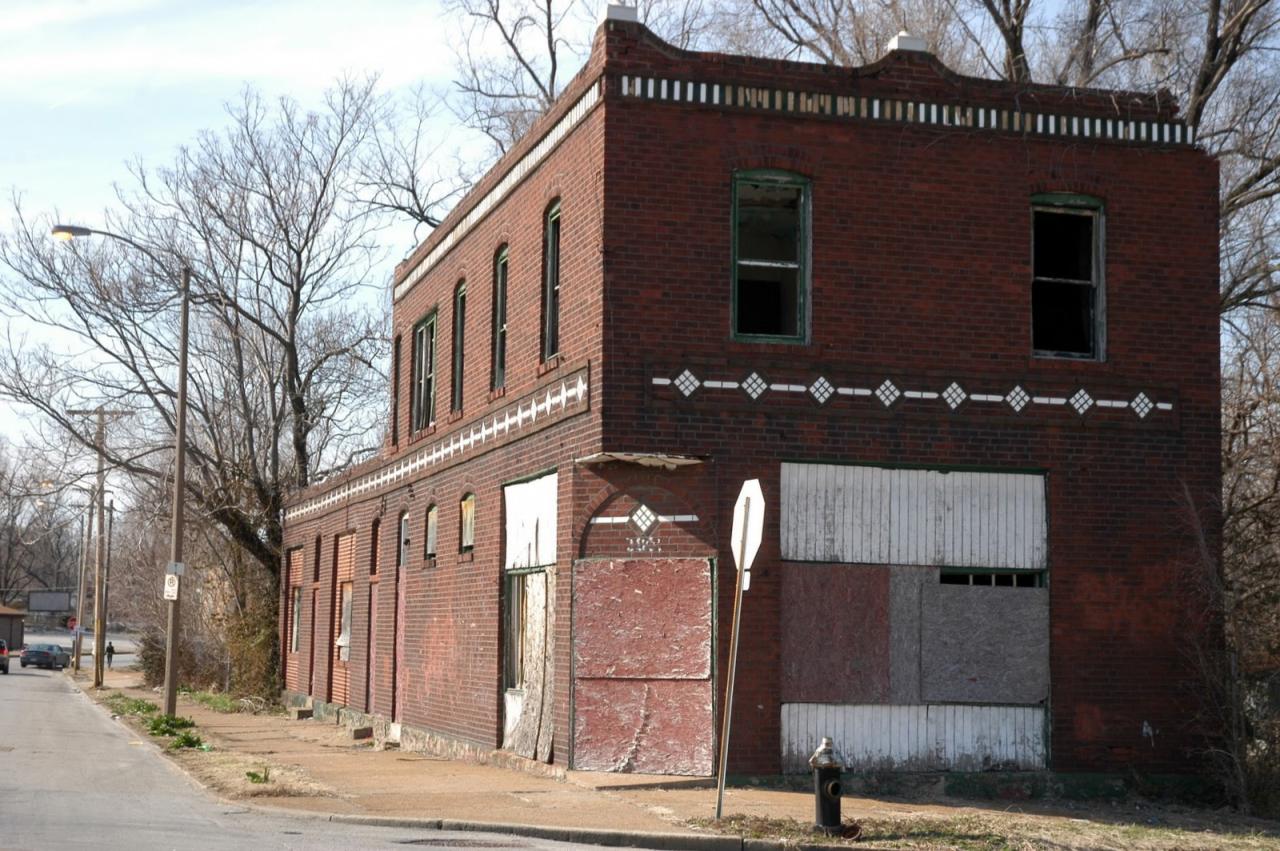
Here are some of the eye catching structures along Union:
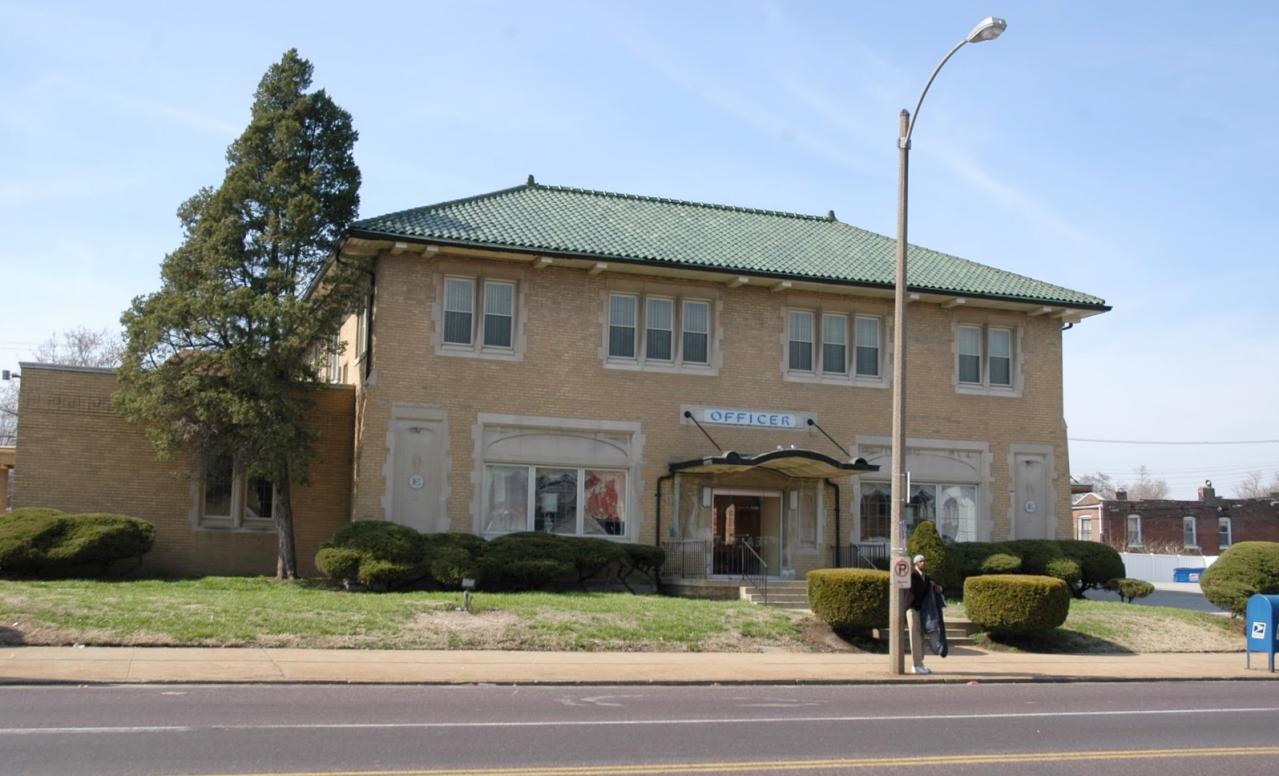
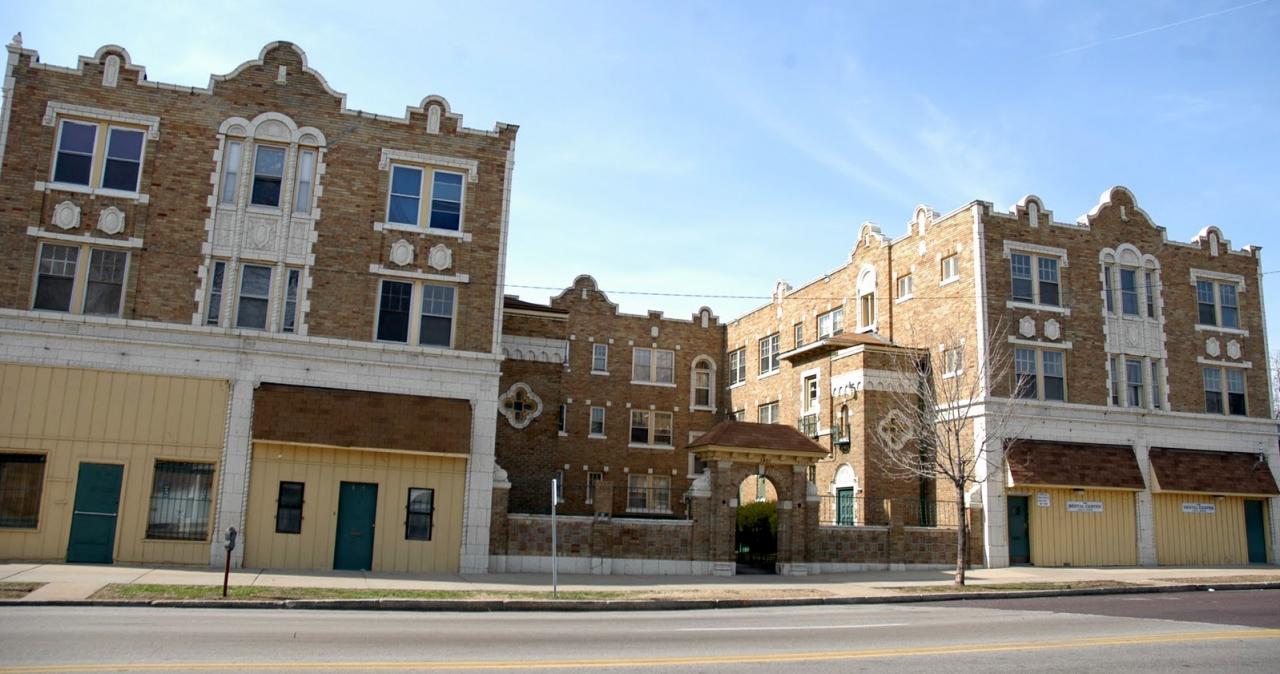
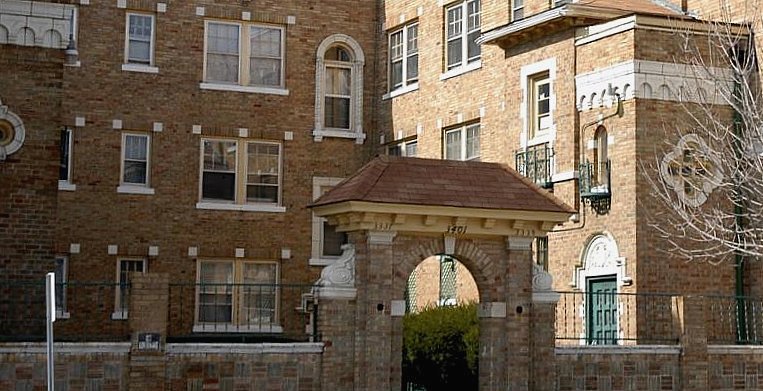
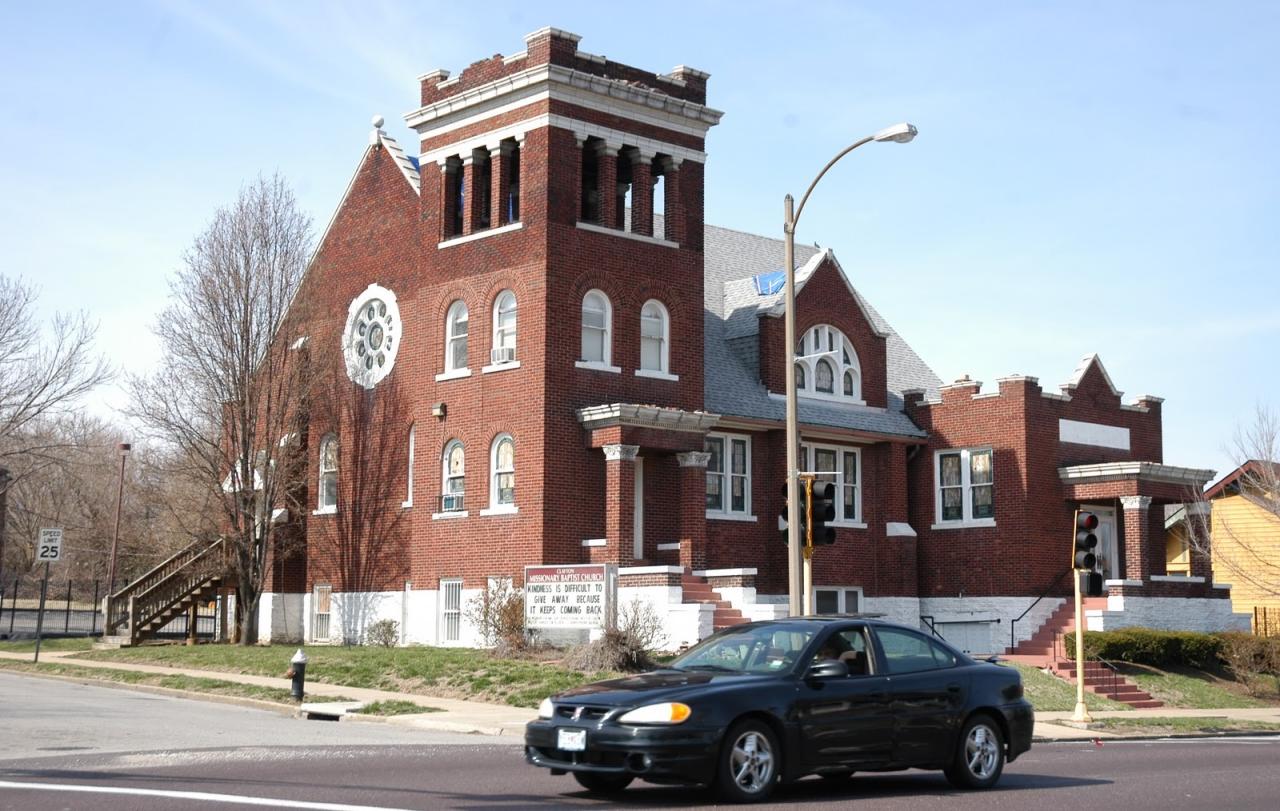
Yes, the above is a beautiful church, one of many in the Wells/Goodfellow neighborhood:
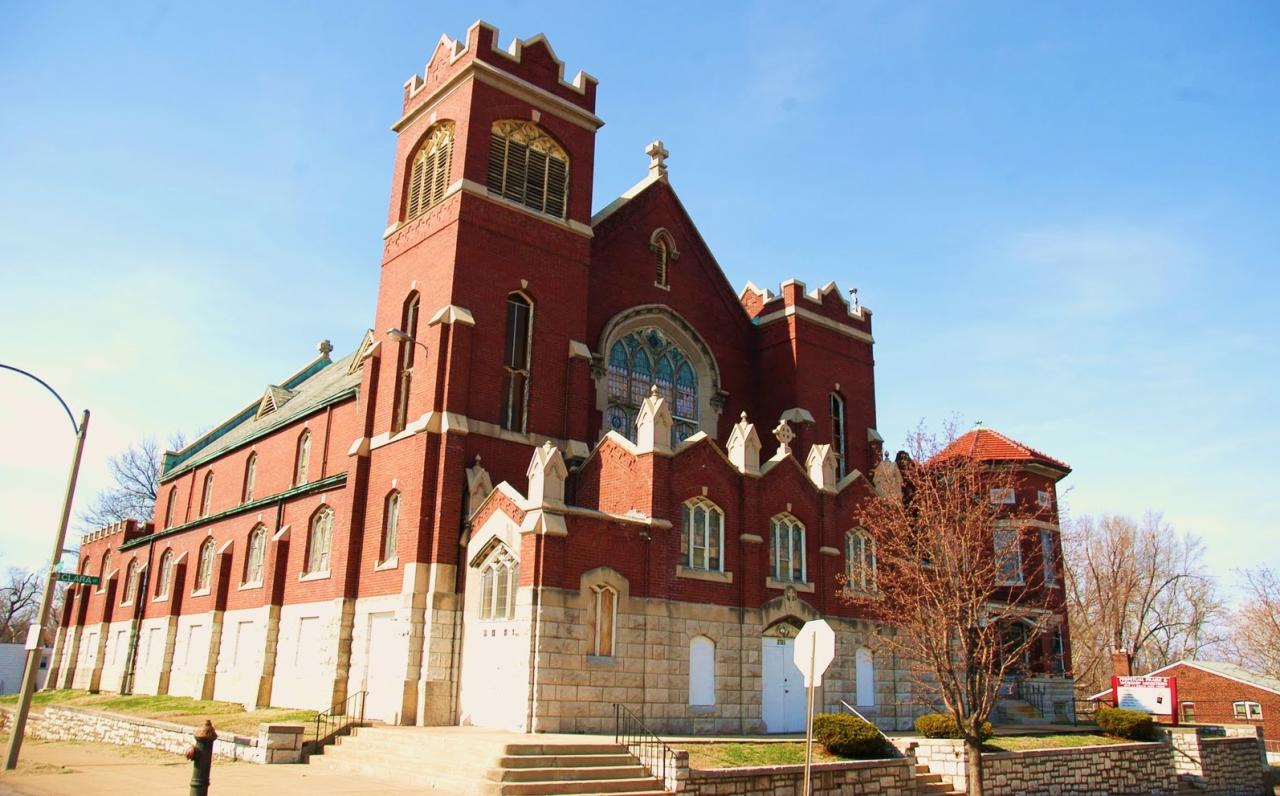
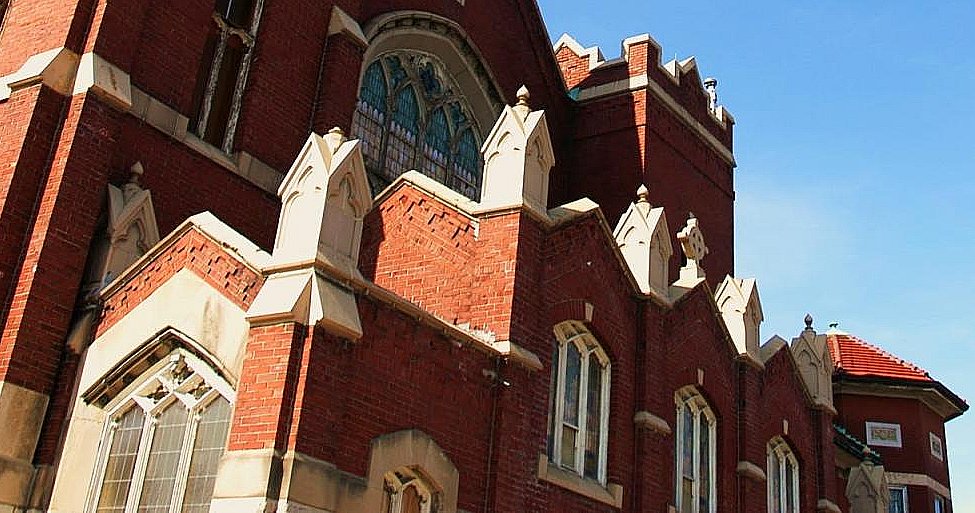
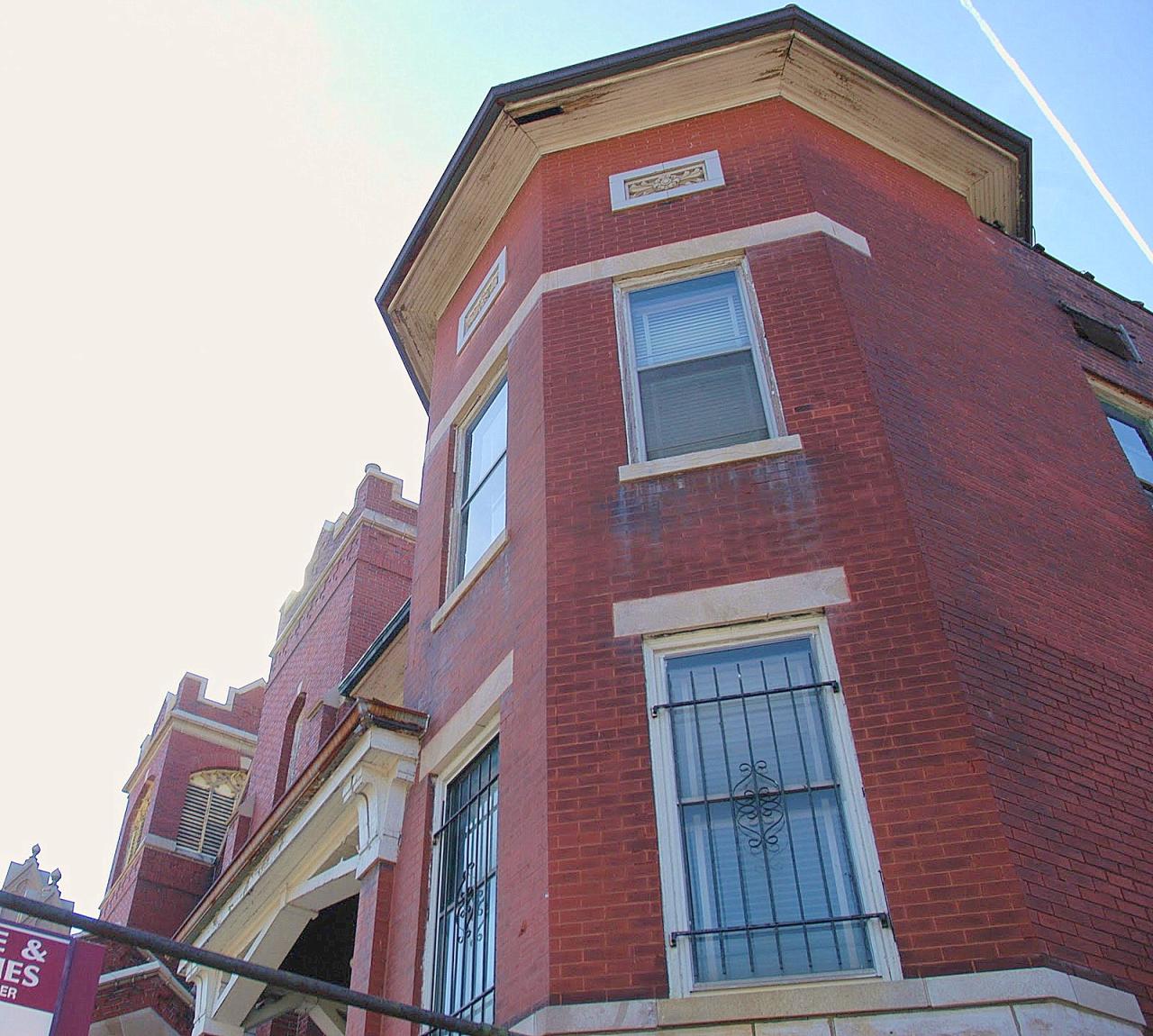
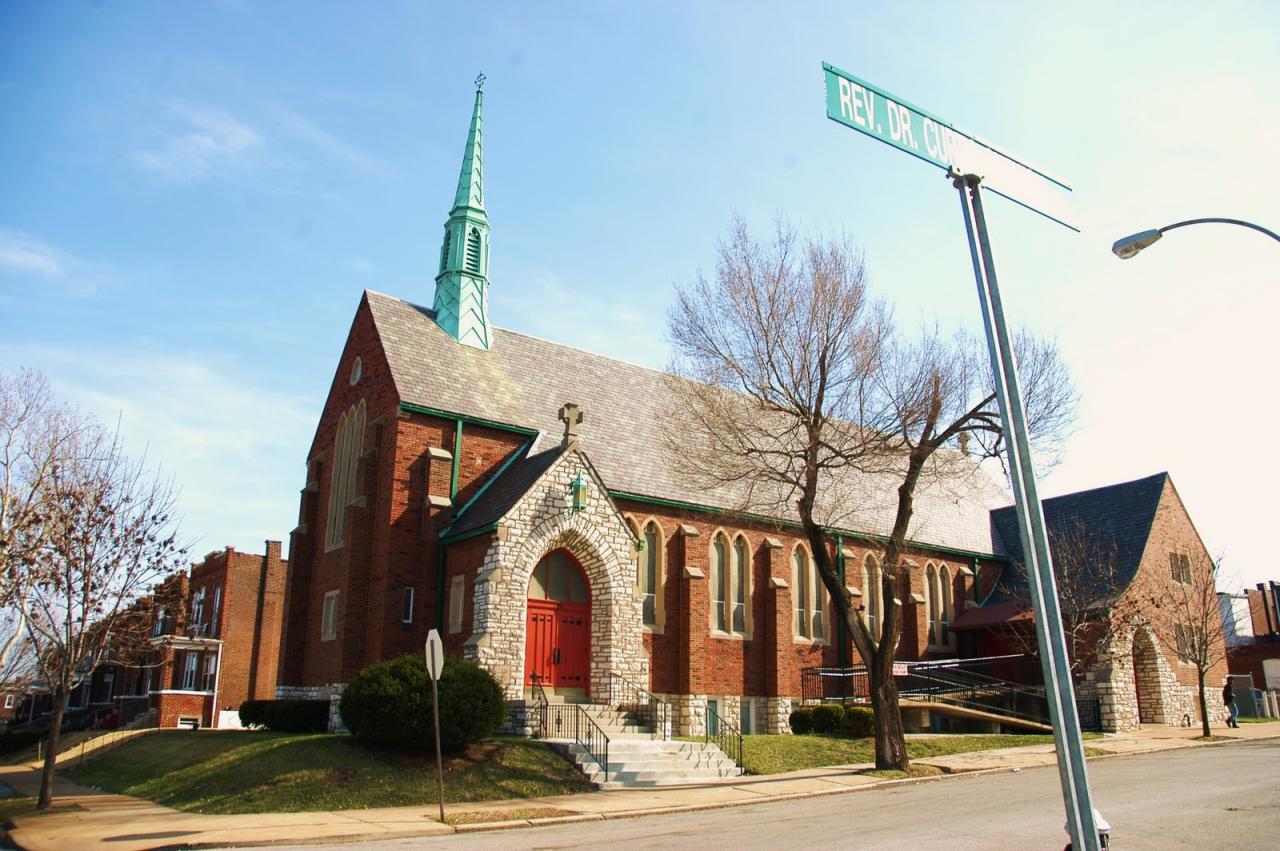
There are some really cool signs (old and present) and other reminders of the time when this area was hopping:
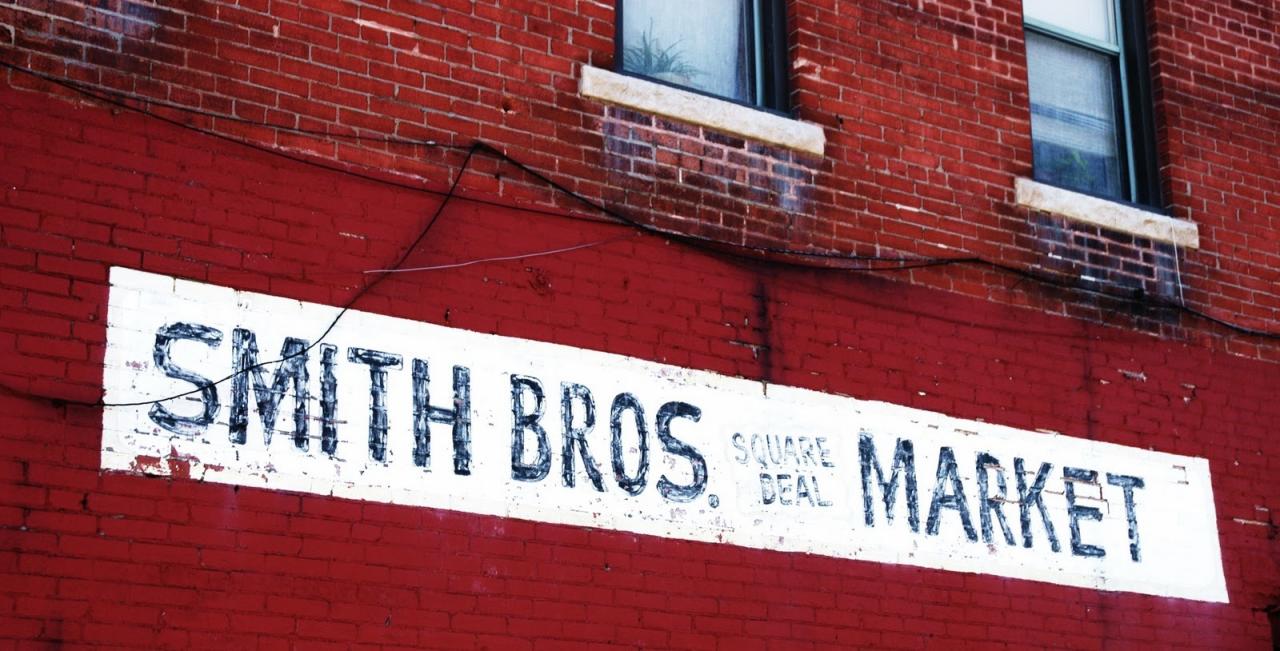
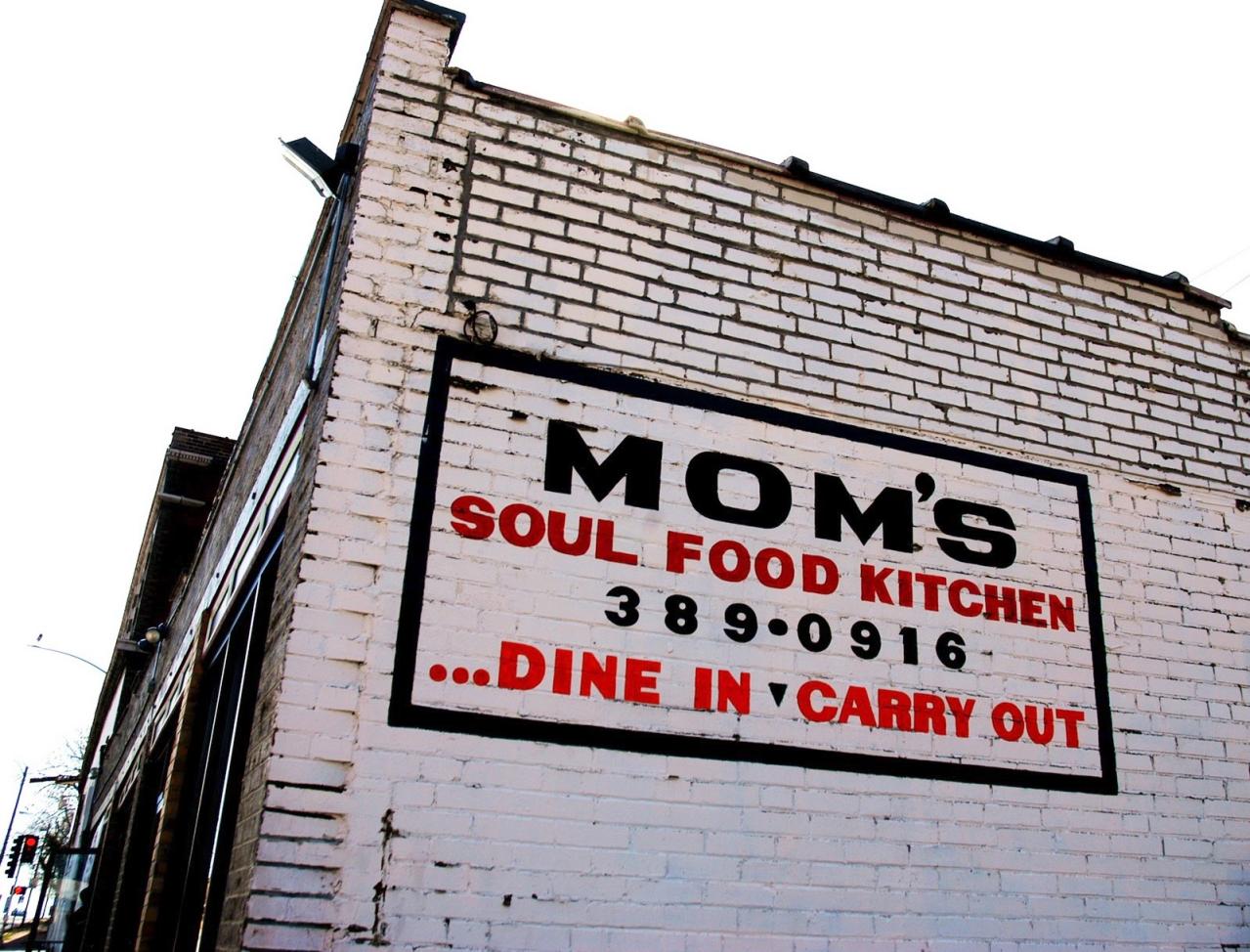

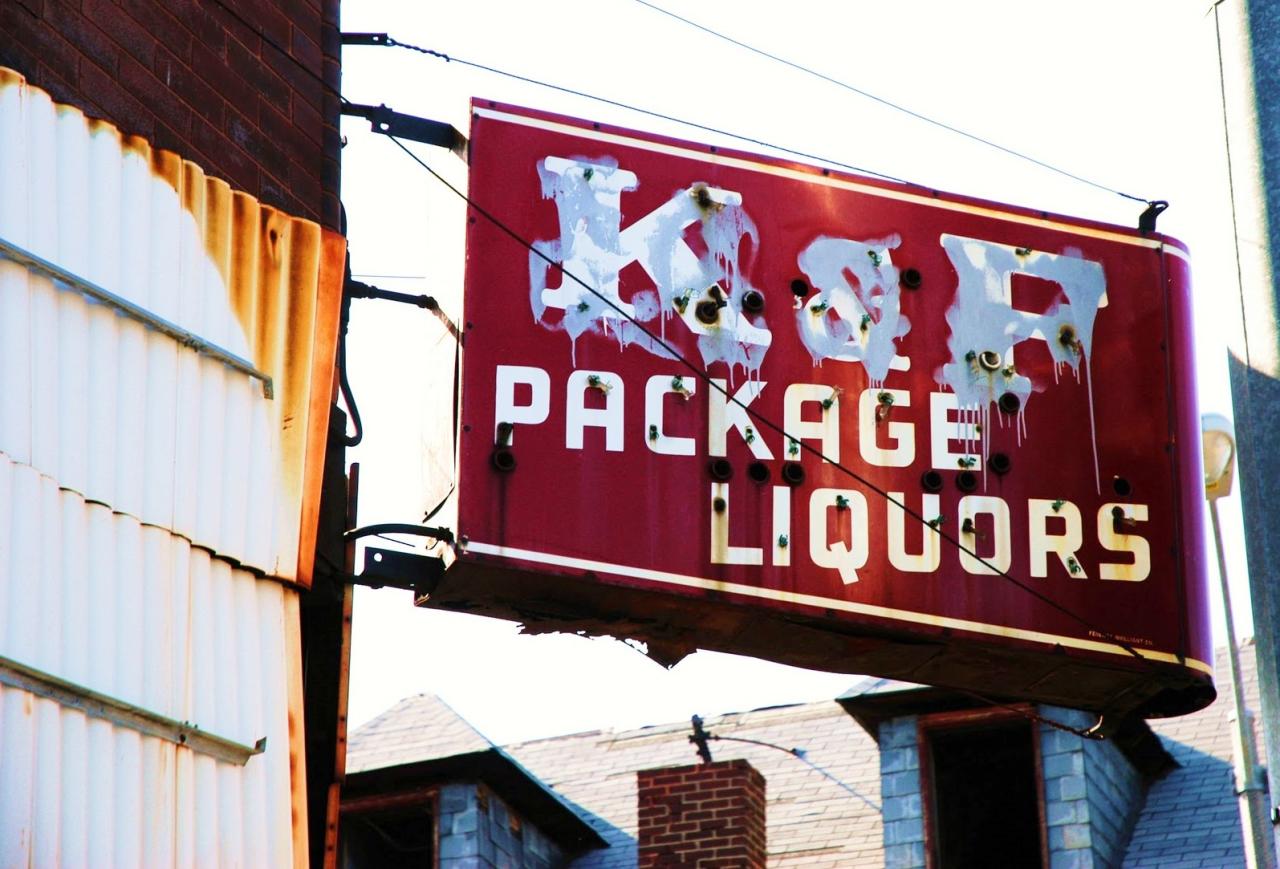
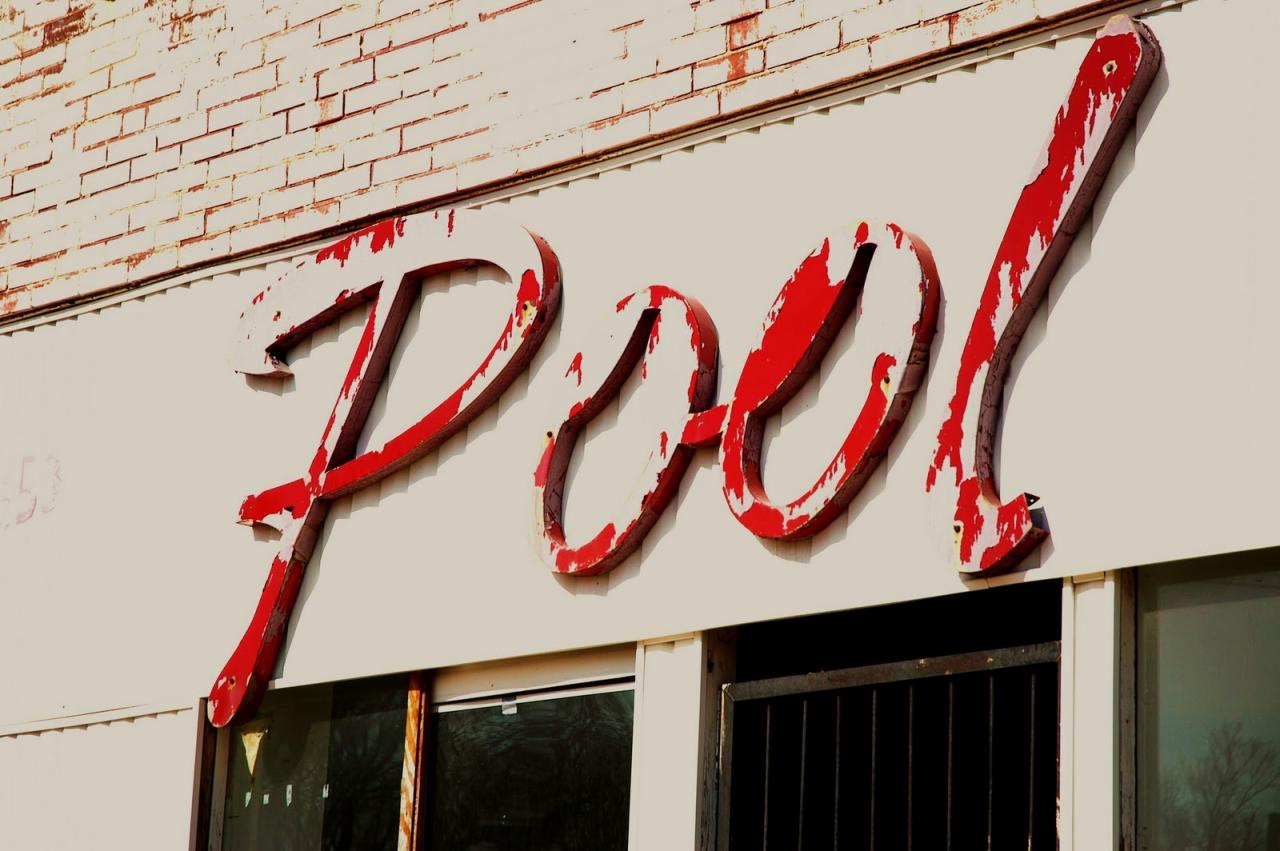
This is one of my all-time favorite buildings in the city:
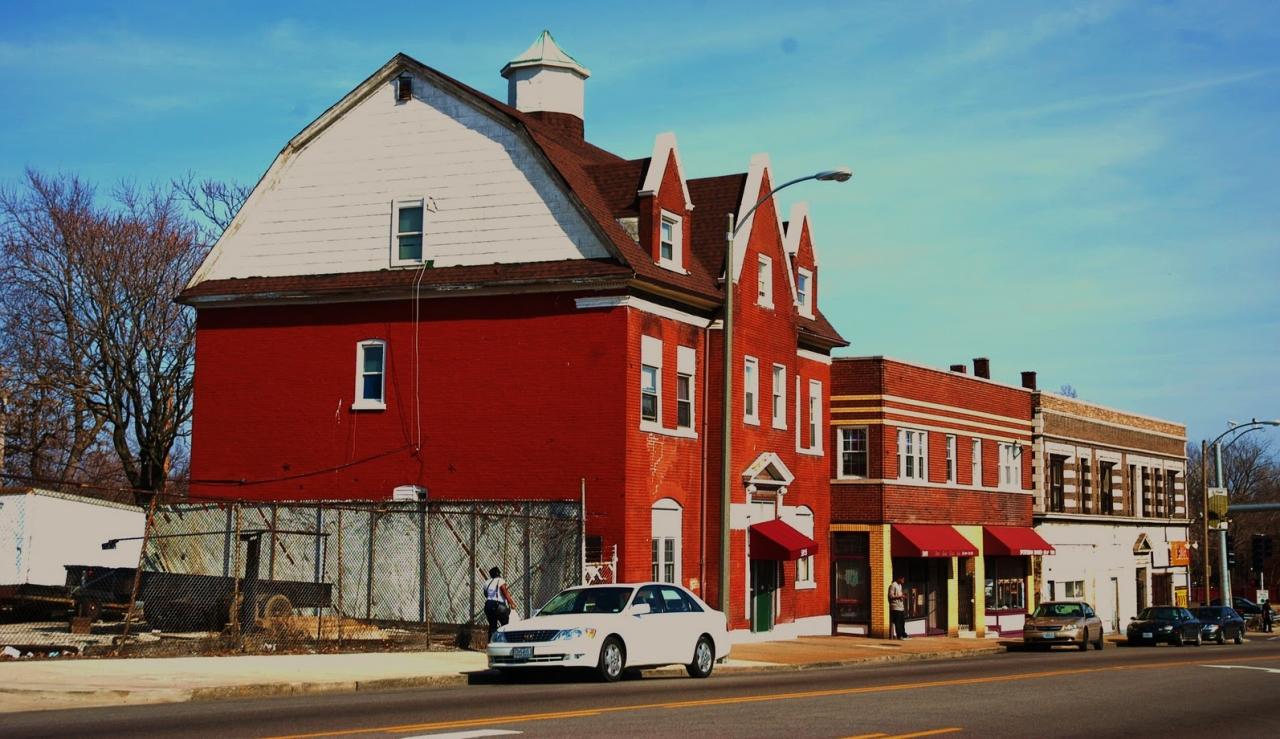
The main commercial corridors as seen today are largely set up to service cars and also have many resale and discount shops as well as many junk food/liquor stores. I didn’t take many photos of those, and chose to focus on the cooler looking abandoned properties and existing businesses:
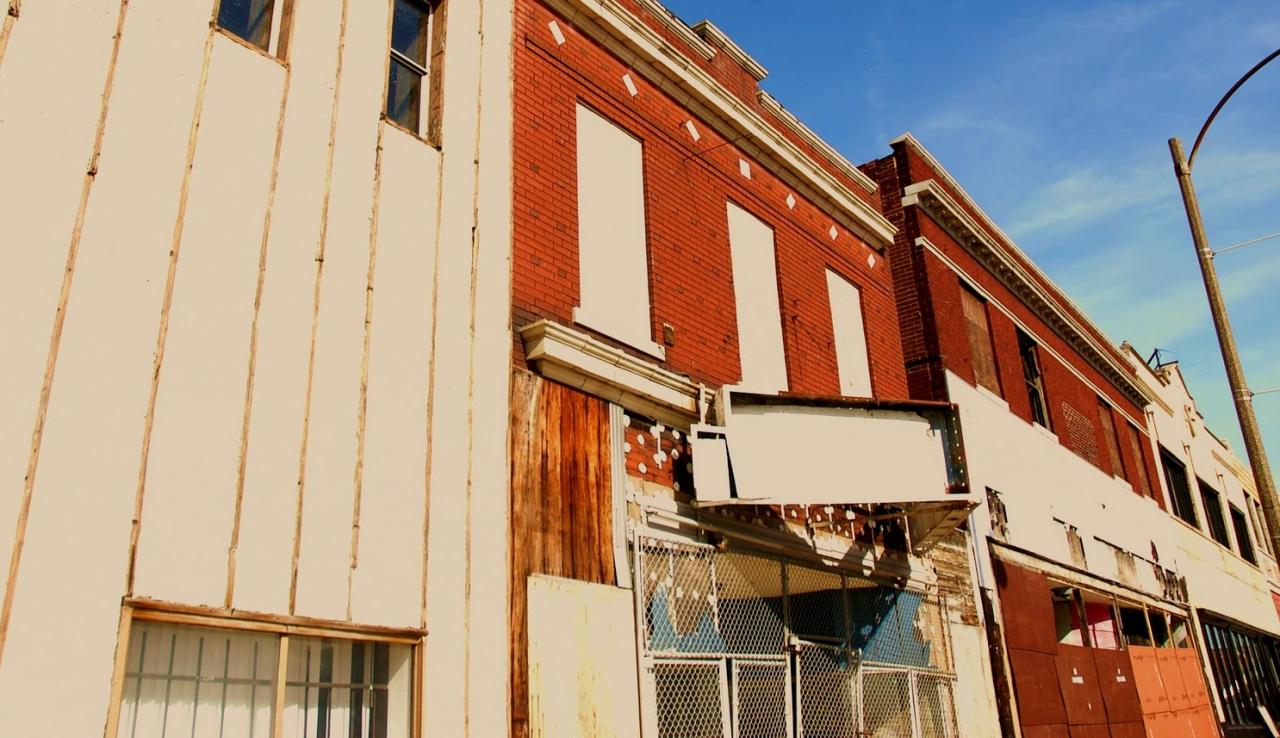
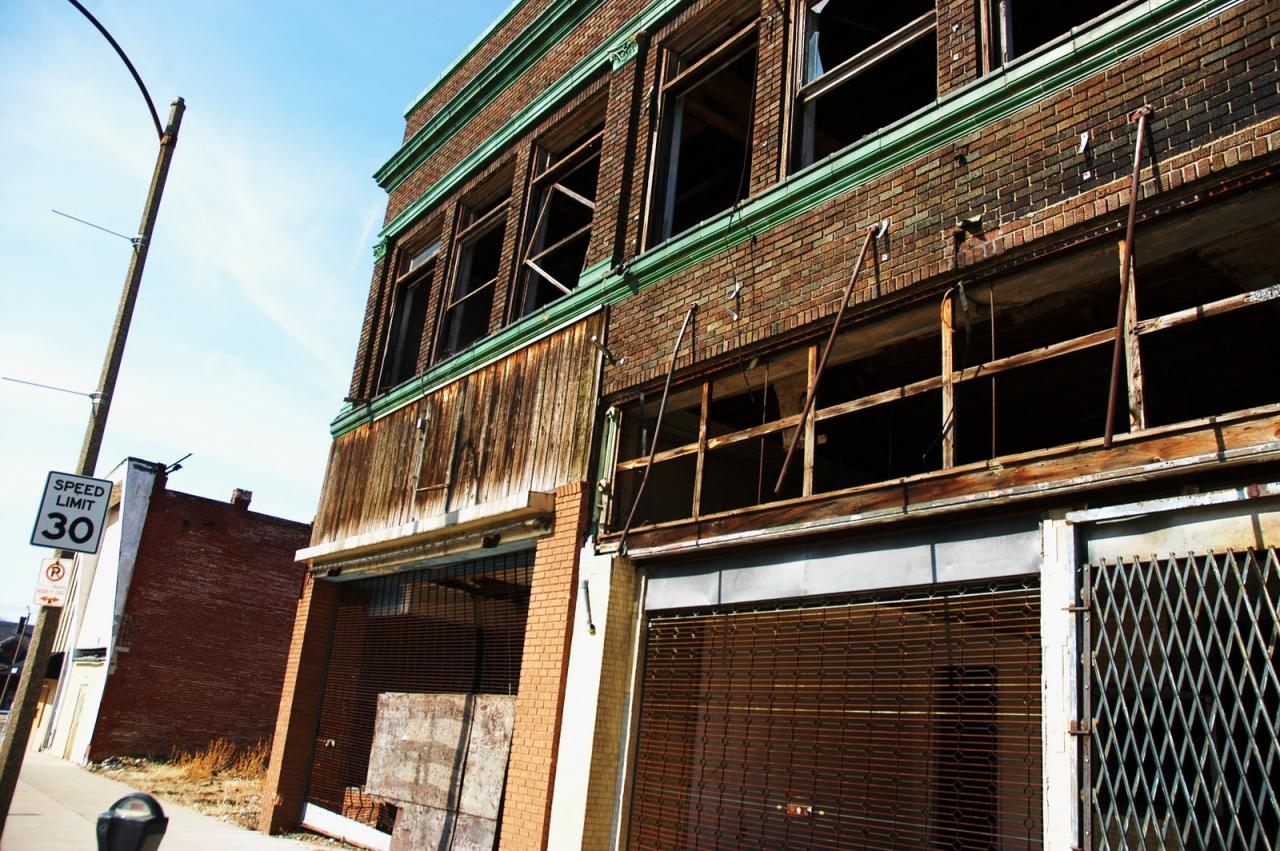
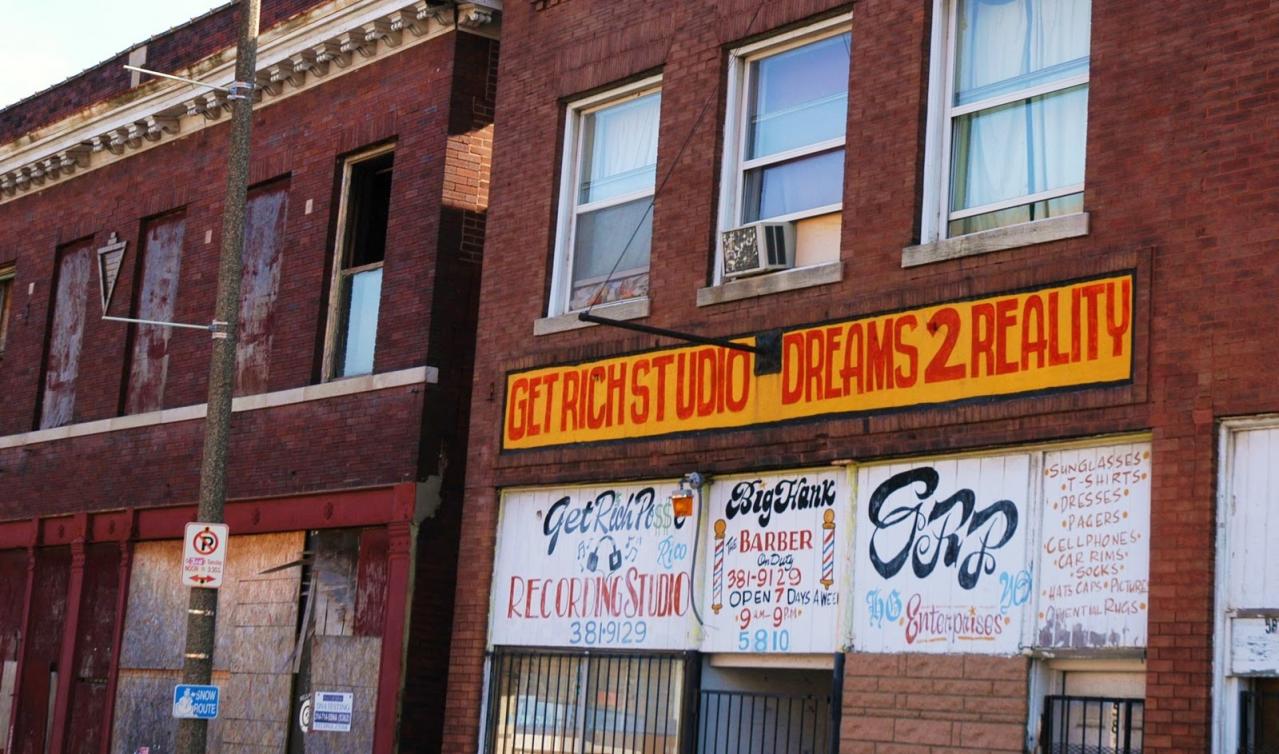
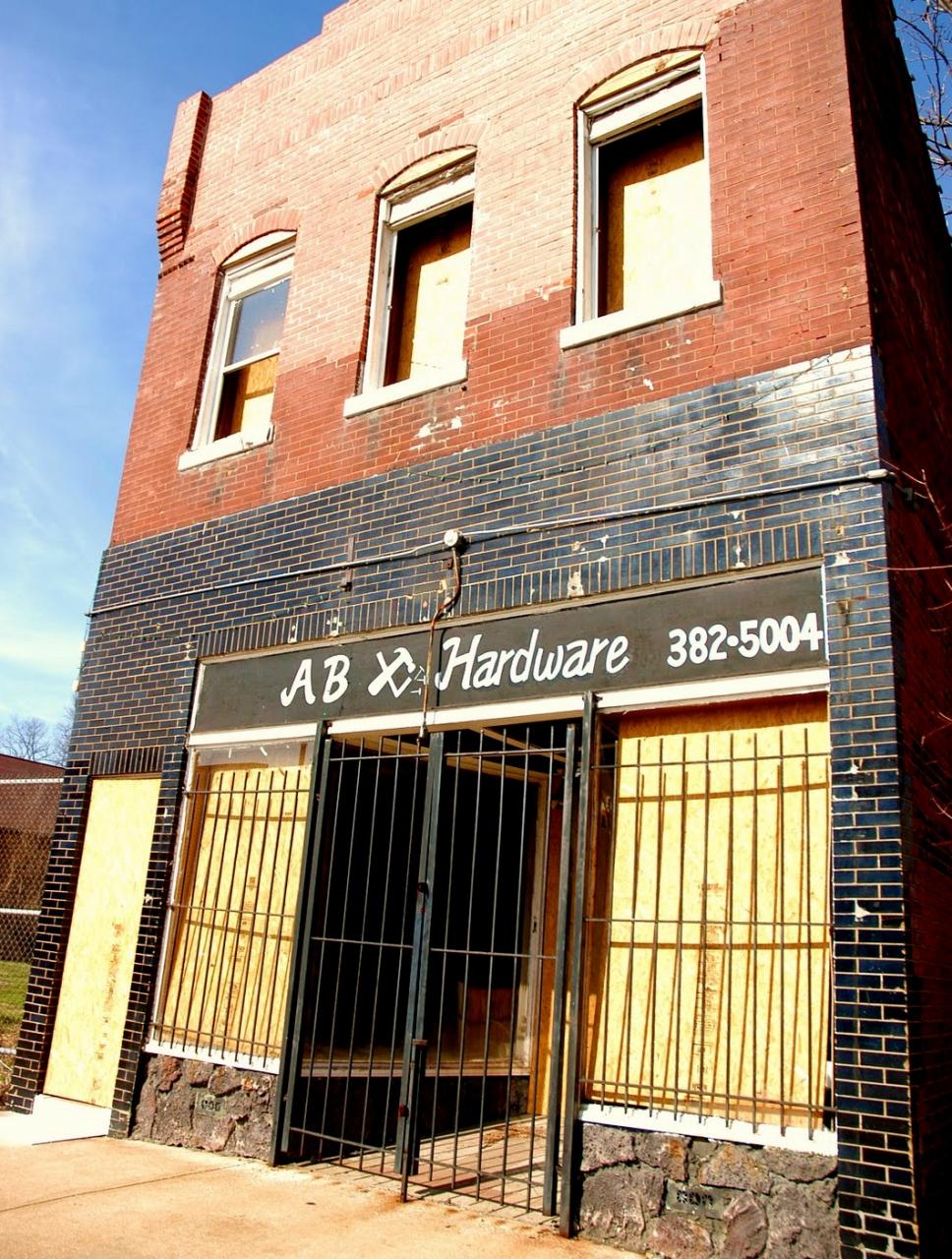

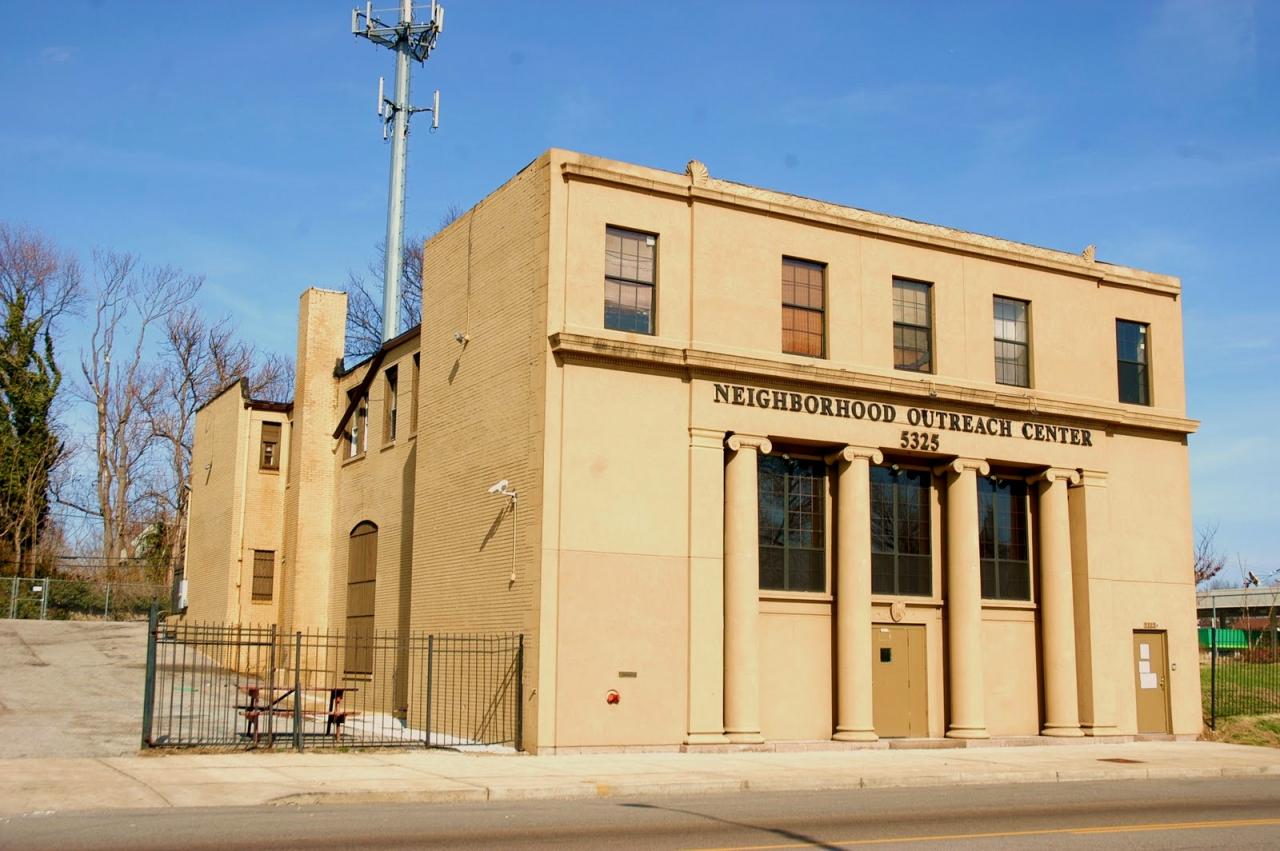
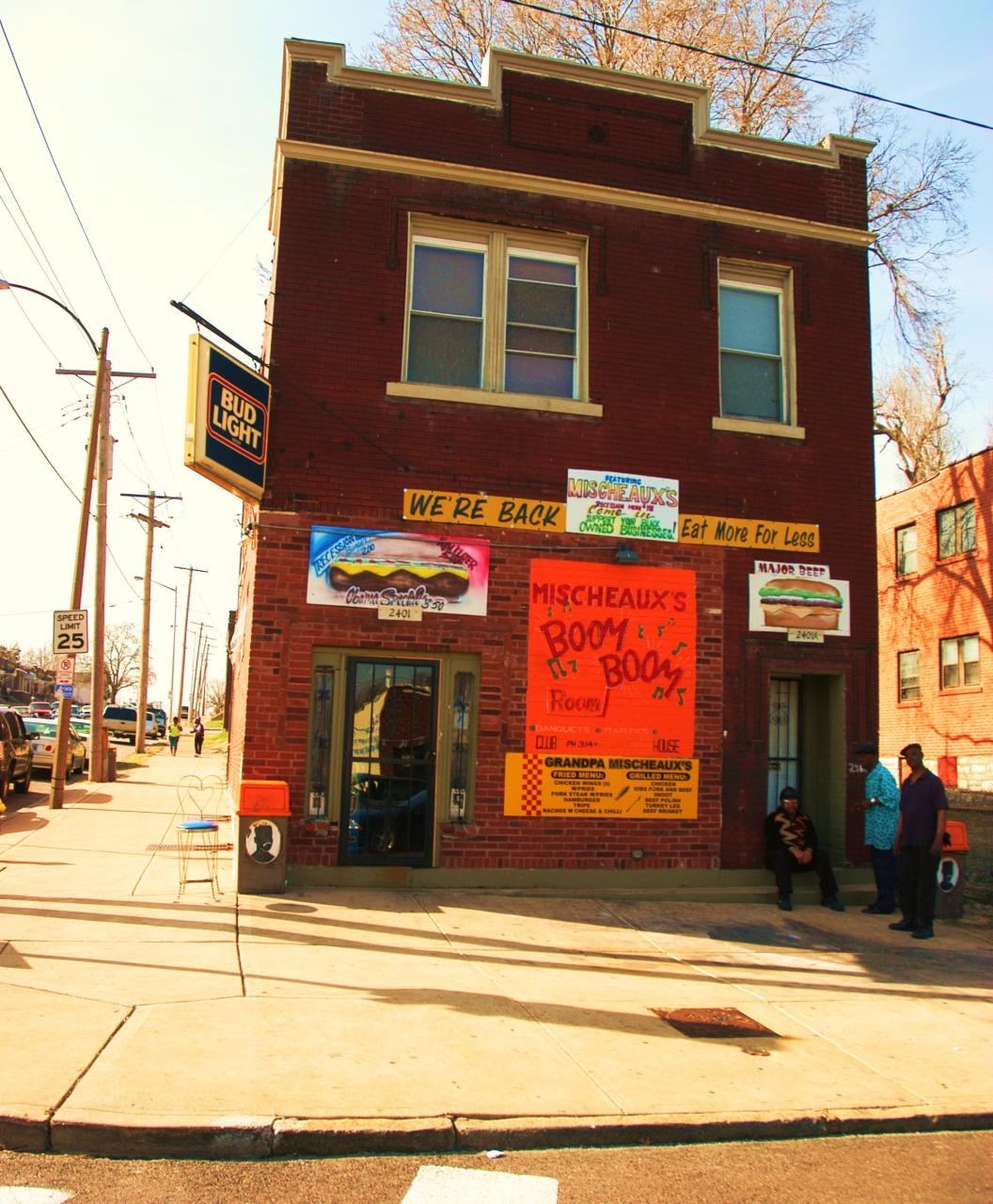
Then you have the Wellston Loop Trolley shed, a building still being used as a bus depot and hamburger stand. It’s seen better days, but it’s great to see it still being used. Too many great buildings have been demolished, including the Wellston Loop building that used to sit next door. Wellston Loop building photo is courtesy of Built St. Louis and older historic photo is courtesy of the Lafayette Report.
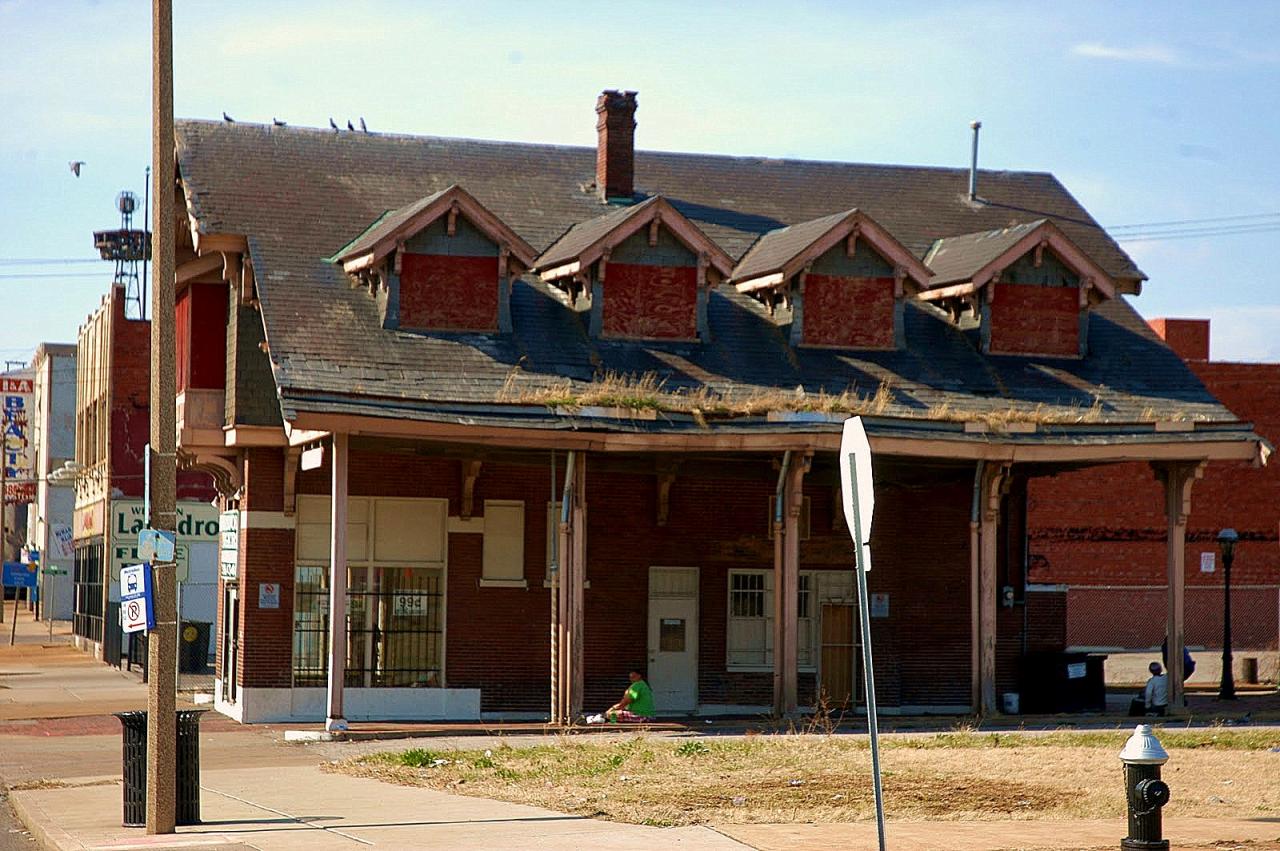
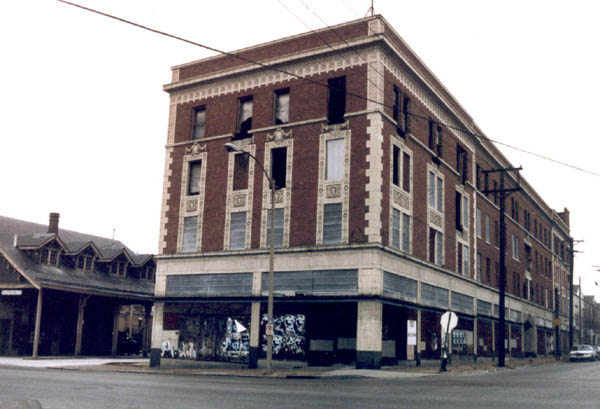
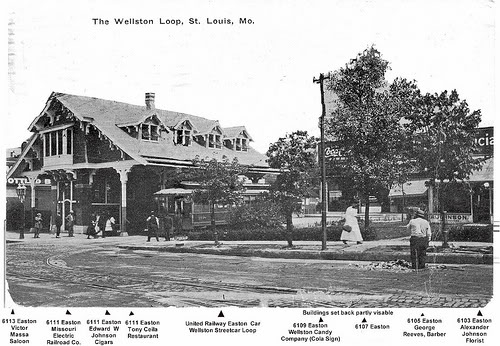
A little history from the Lafayette Report:
Built in 1909 by the United Railways Company for $6,000, the Wellston Station was designed in the prevalent Craftsman style to create a luxurious and efficiently-arranged station with a spacious waiting room, a store and covered tracks. Today, Wellston Station is the only waiting station still standing. The opening of the new streetcar line and station on Easton Avenue in 1909 signified the triumph of the streetcar over the electric railway and the growing importance of the Wellston commercial district, which straddled the line between Wellston and the city of St. Louis. The station was built to serve the so-called Wellston Loop streetcar loop, which became one of the busiest streetcar transfer points in the country by 1940 and which was the termination point for the last streetcar line in St. Louis to close.
Overall, the housing stock is in sad shape, there are blocks of vacant land and dumping is rampant. It would be entirely dishonest if I did not make the point clear that much of the housing stock in Wells/Goodfellow is in varying states of decay and the future looks rather grim in parts. This is one of those parts of town that you will likely be challenged as to your existence in the neighborhood. Here are some photos to prove my point:
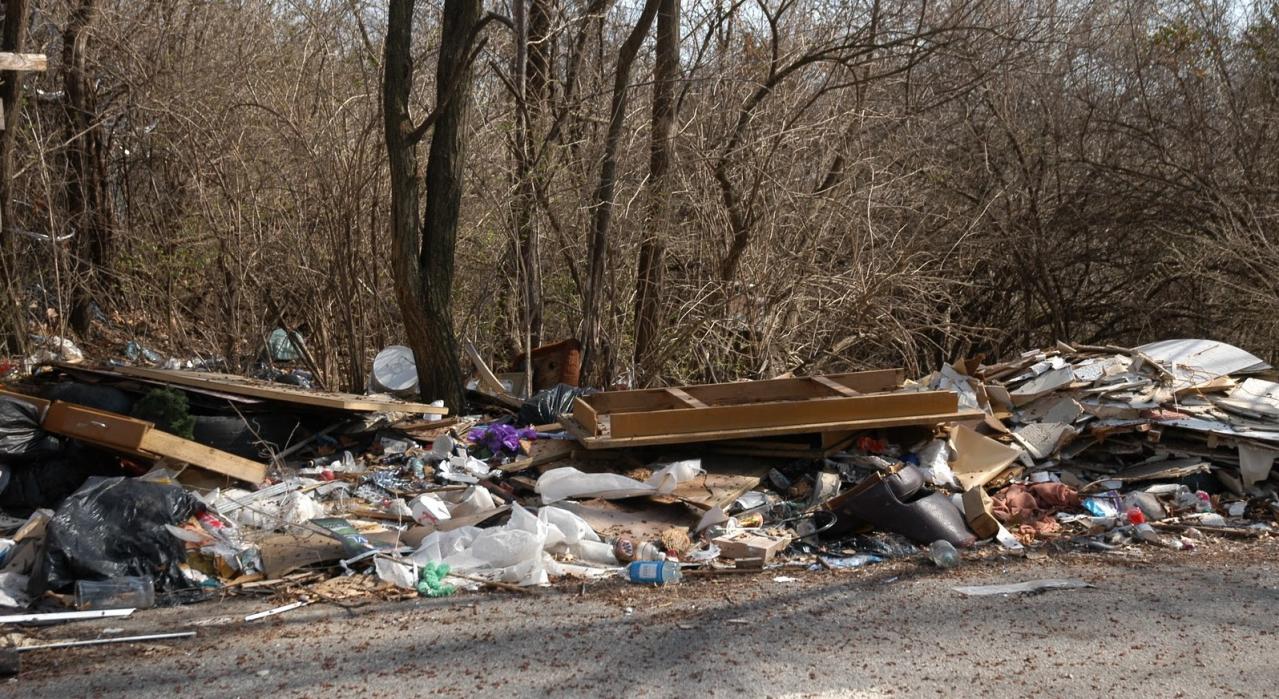
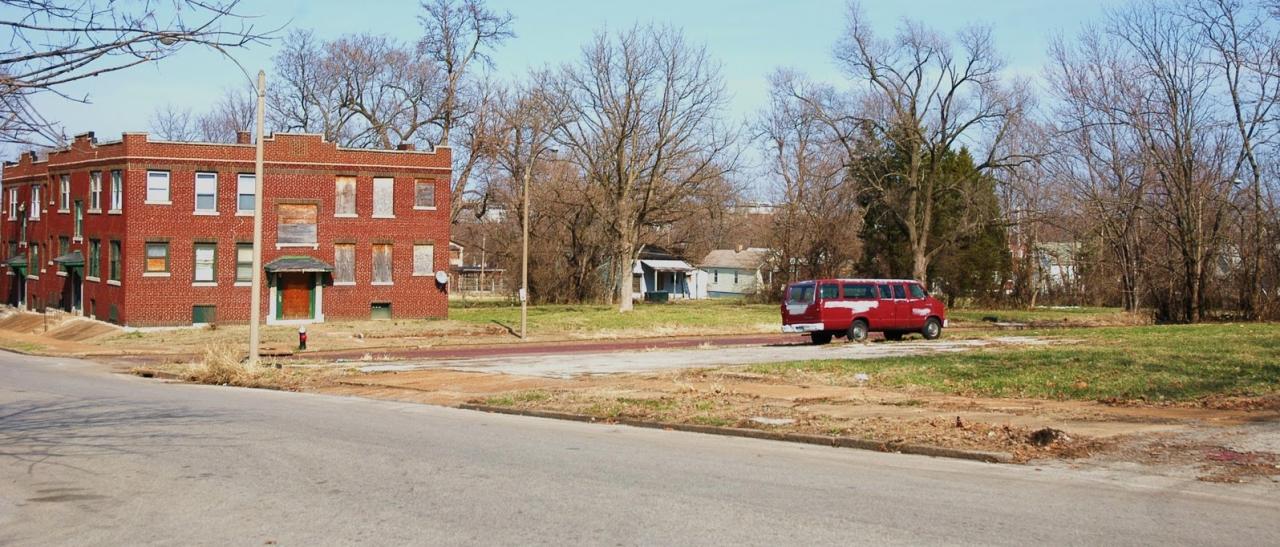
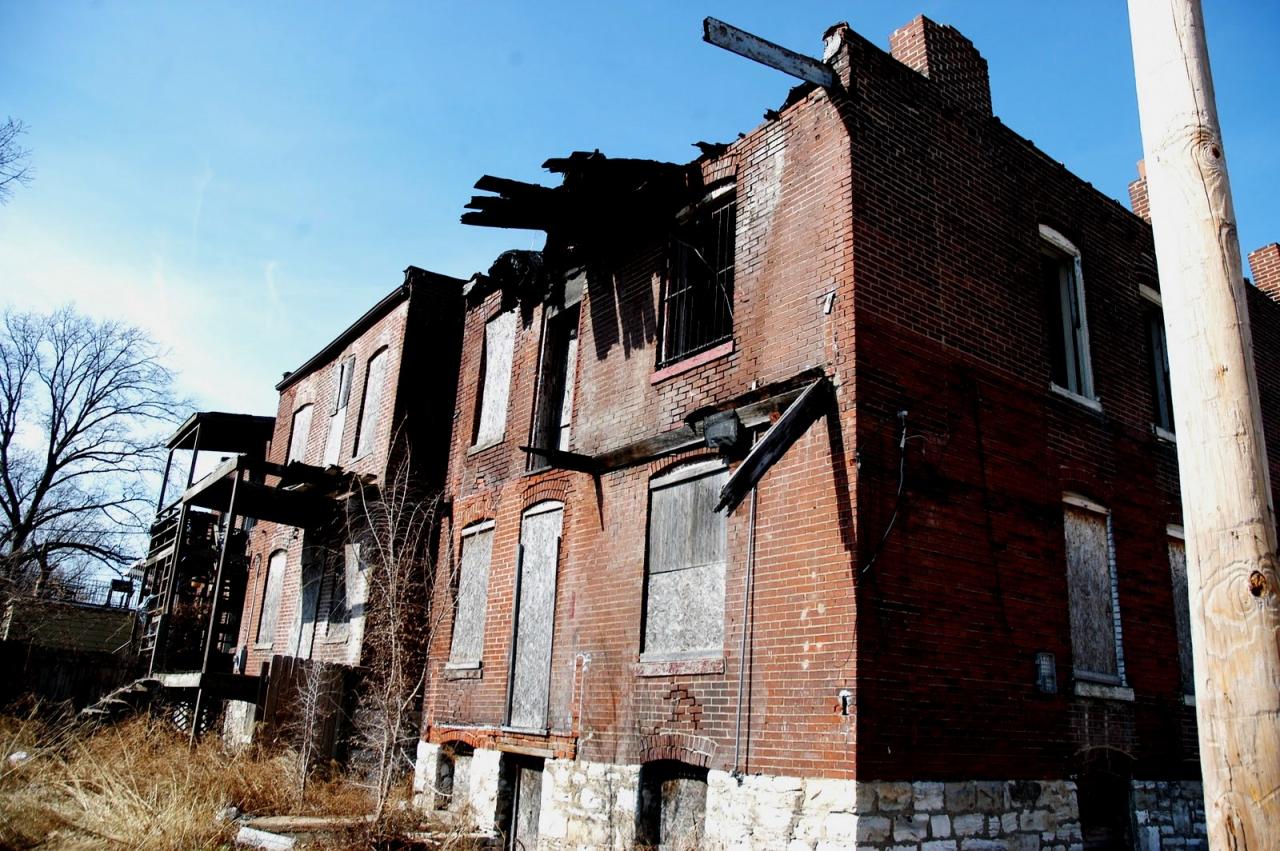
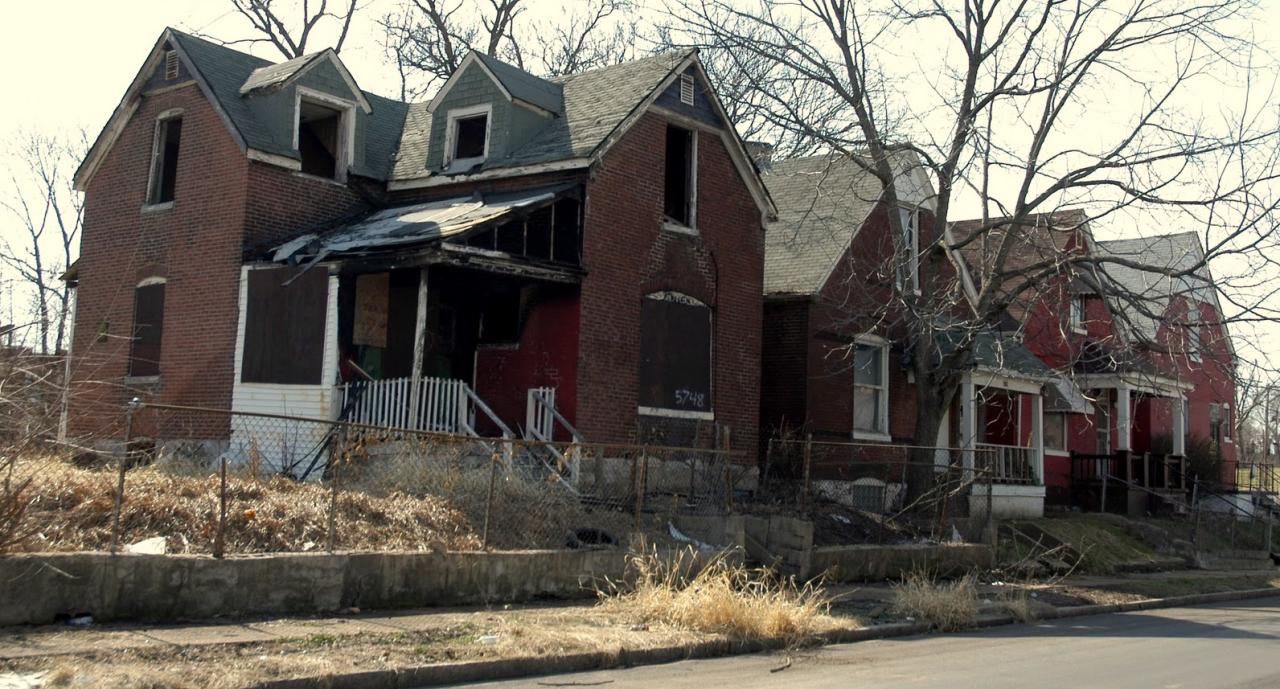
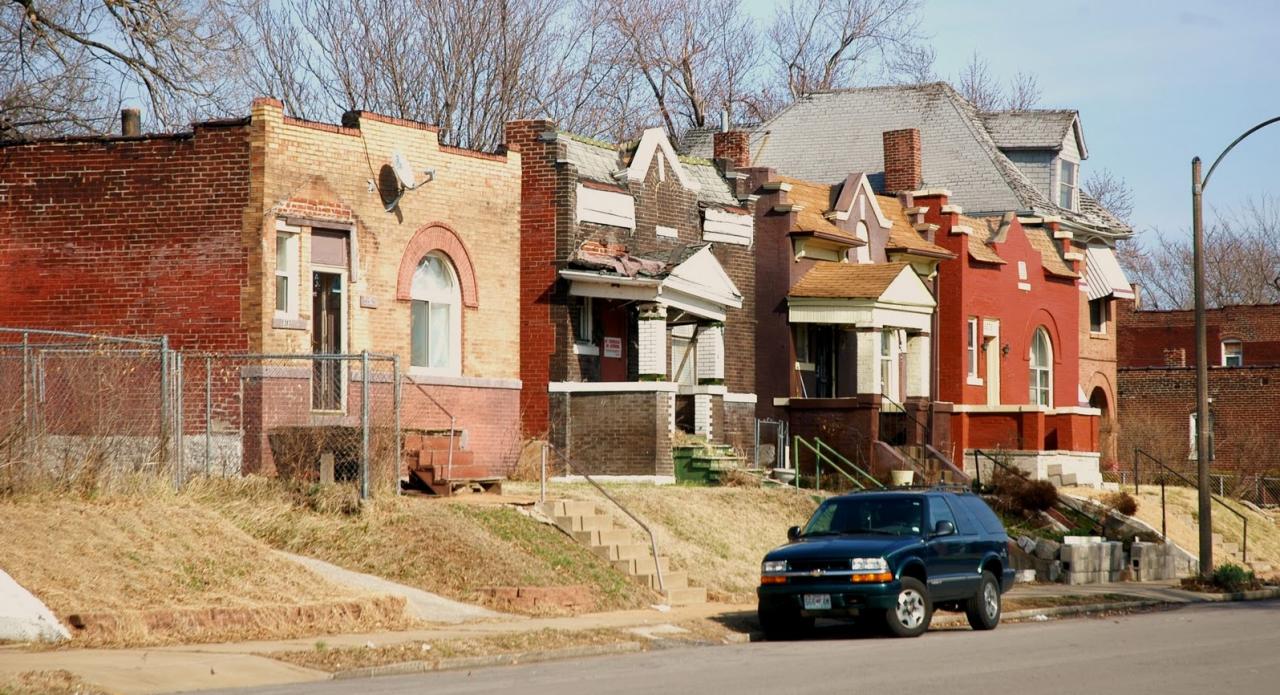
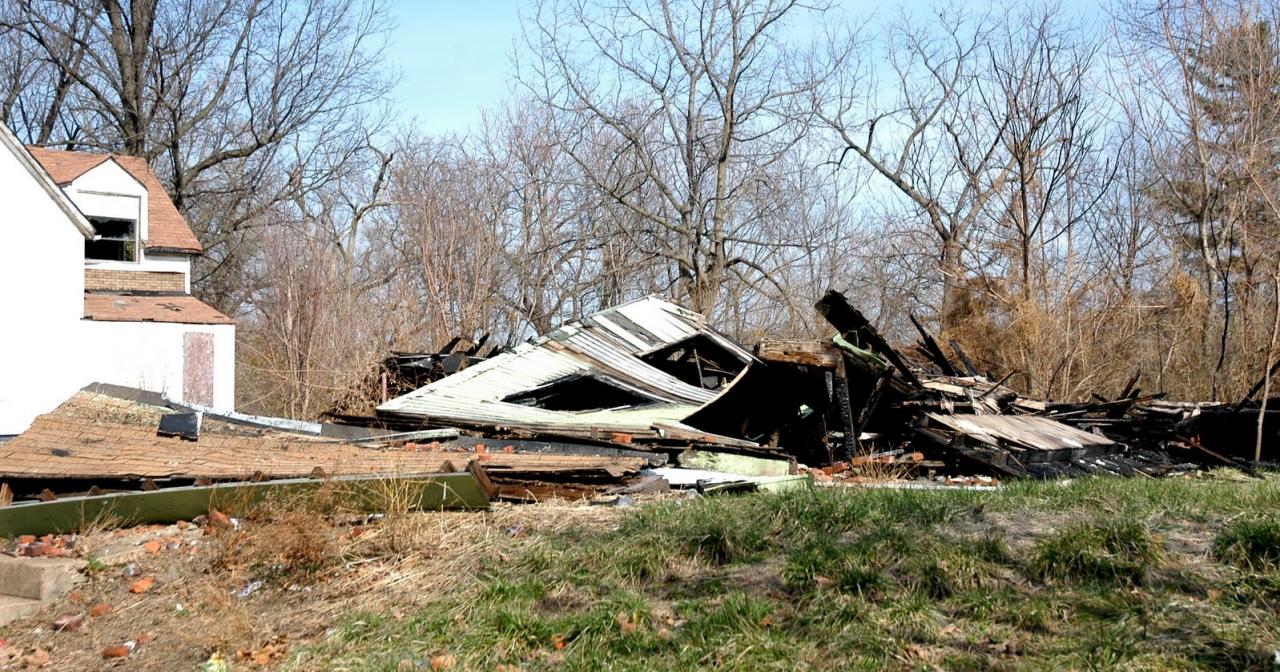
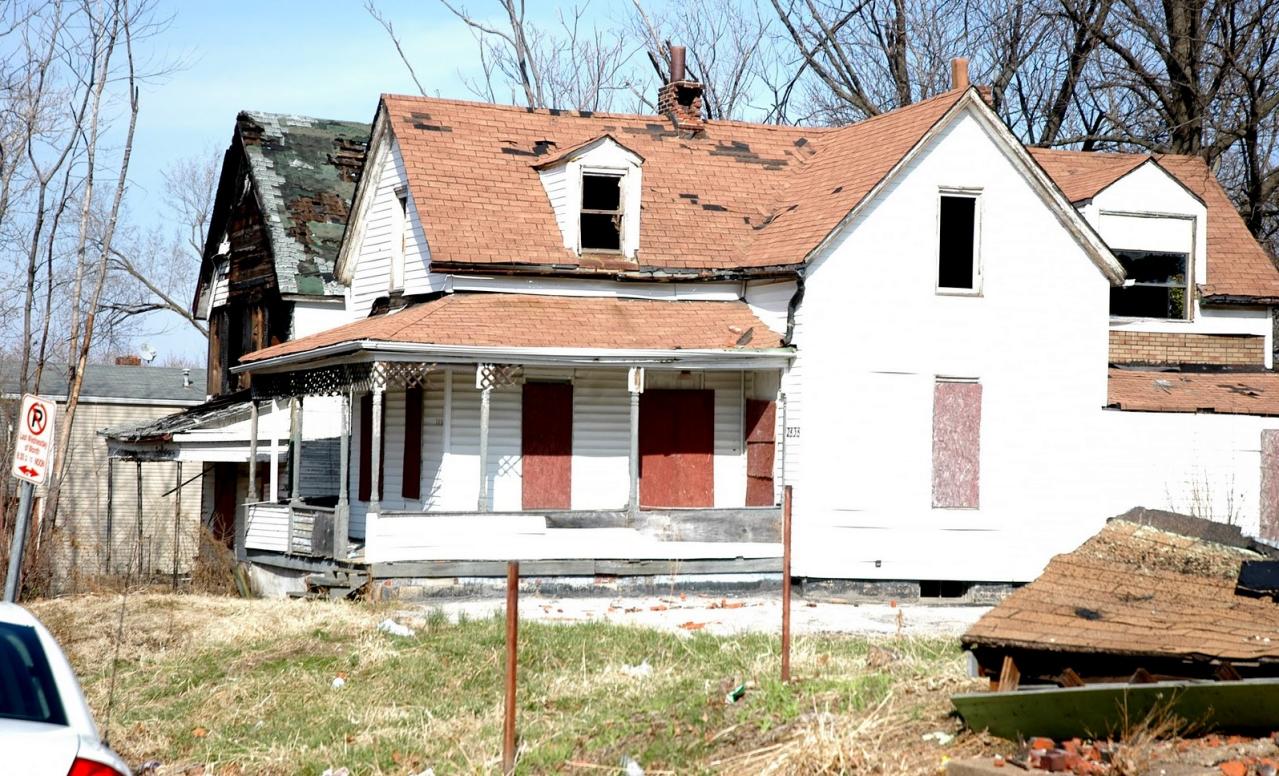
However, there are streets that are holding on and are quite pridefully maintained and look pretty much like anywhere else in the city:
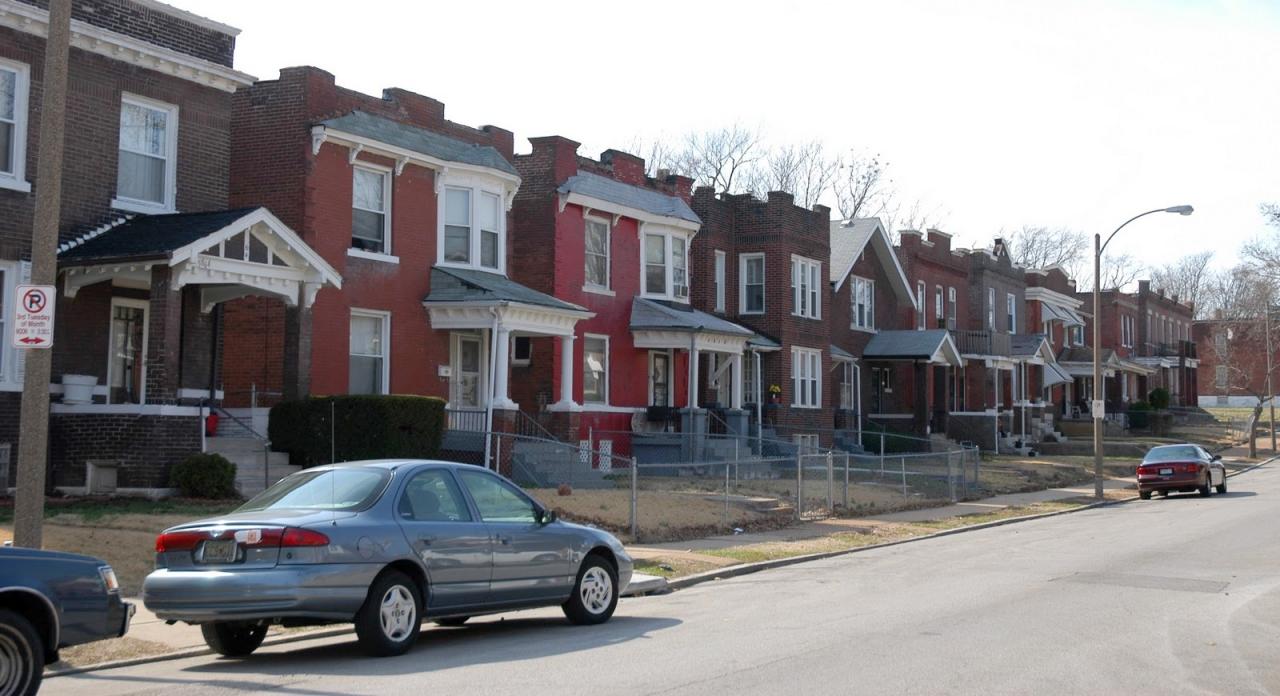
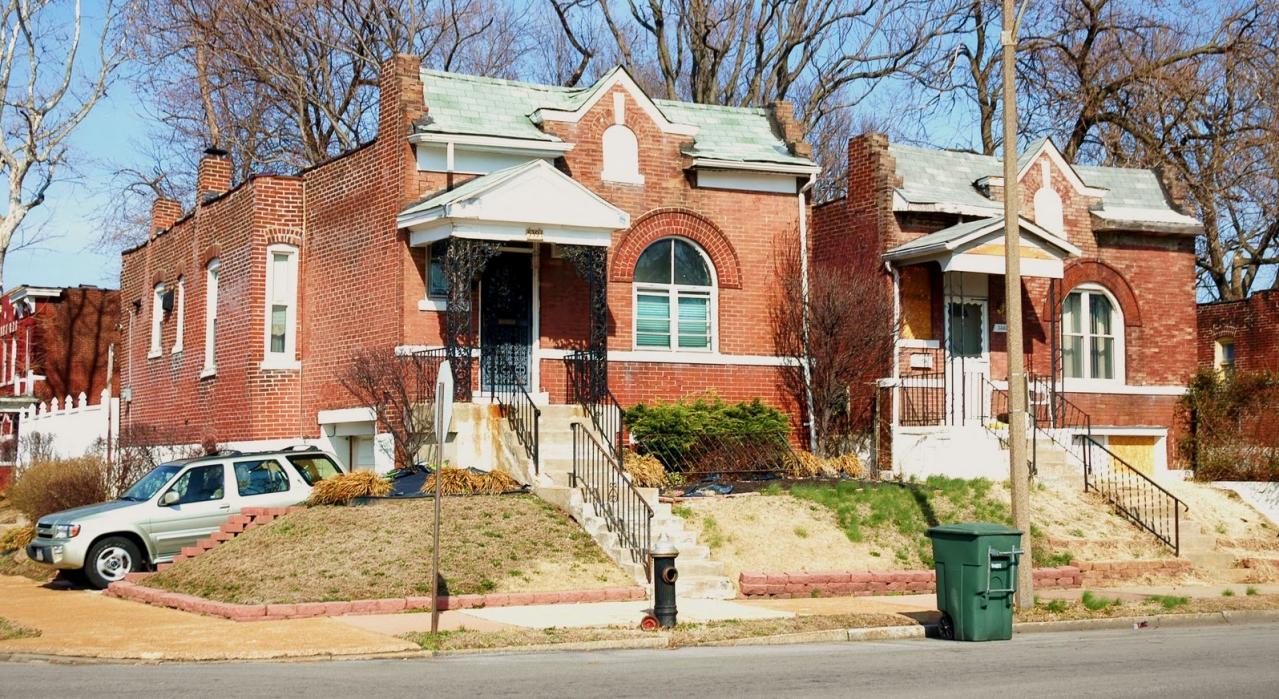
There are some beautiful schools in the neighborhood. The Gundlach School on 2931 Arlington which closed its doors on June 3, 2008 is a classic designed by architect George Sanger in 1931:
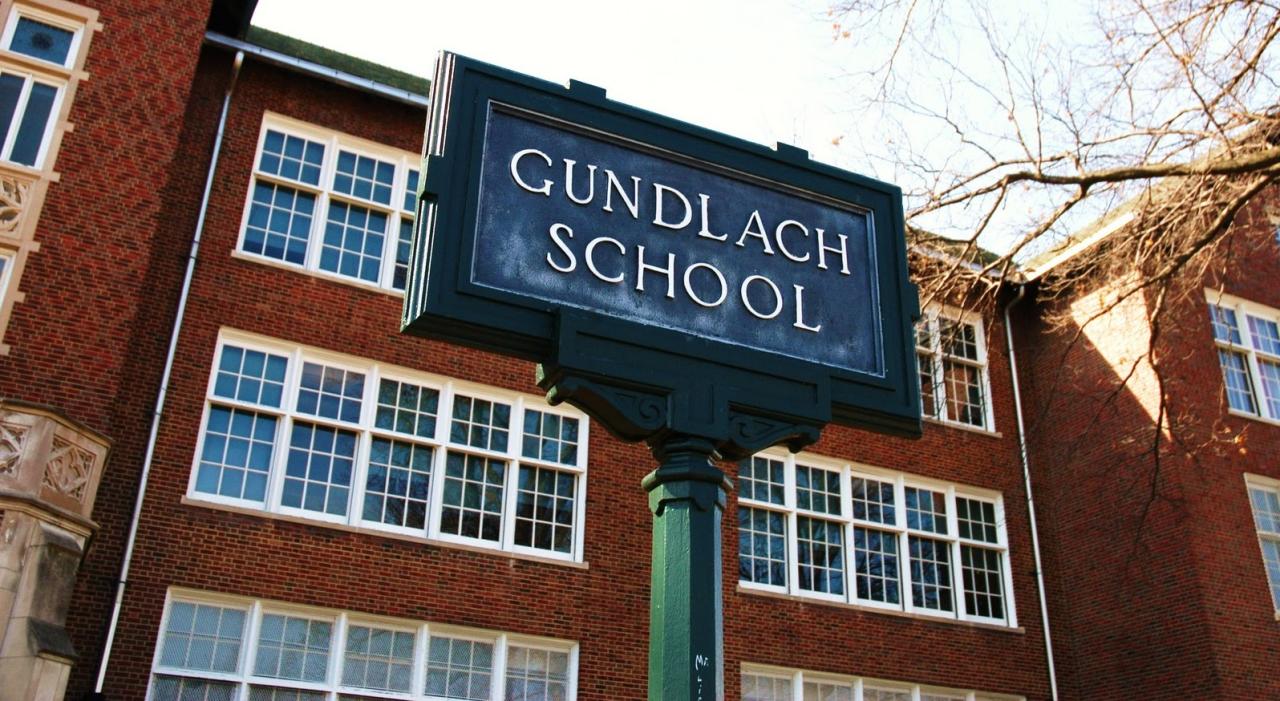
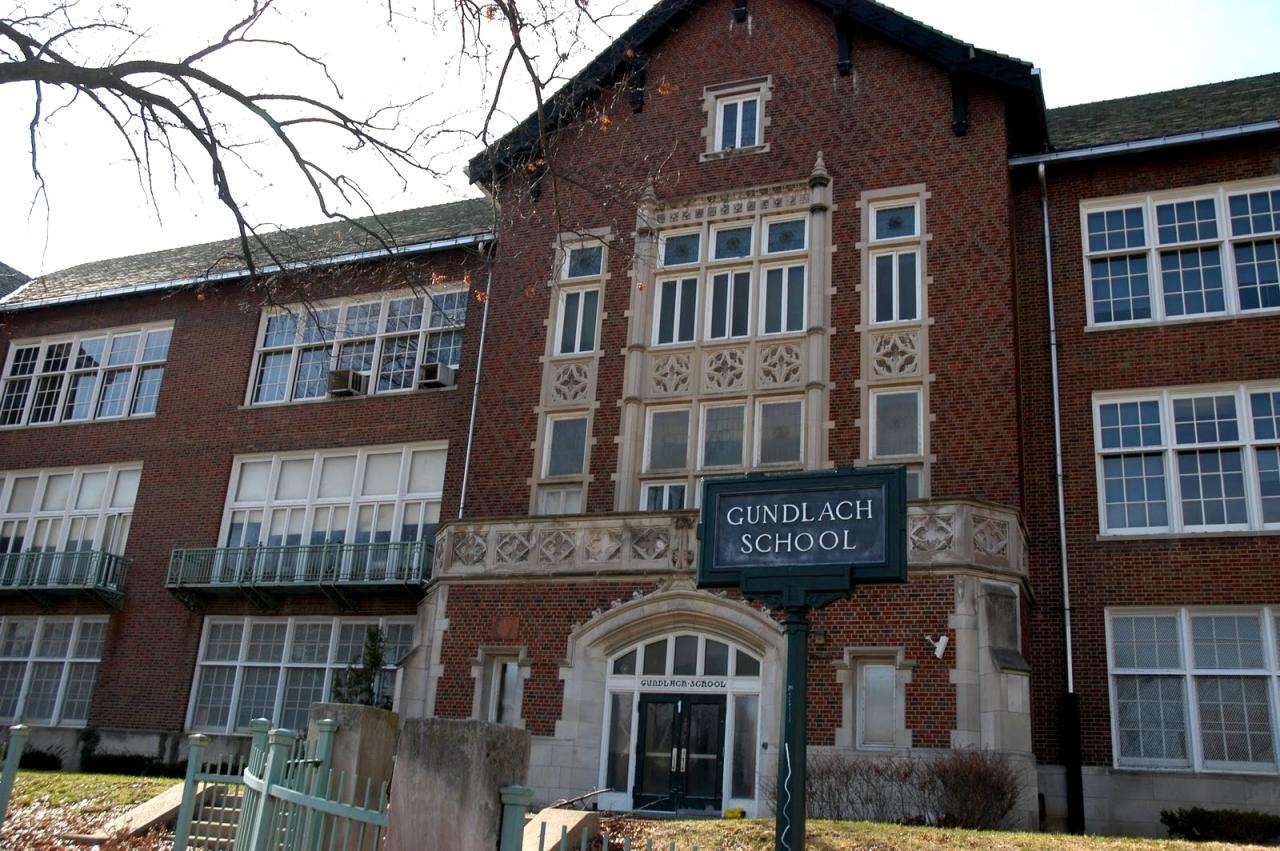
Then you have the Pierre Laclede School at 5821 Kennerly which was designed by architect William B. Ittner in 1914; the school was awarded the National Blue Ribbon/Gold Star award in 2003:
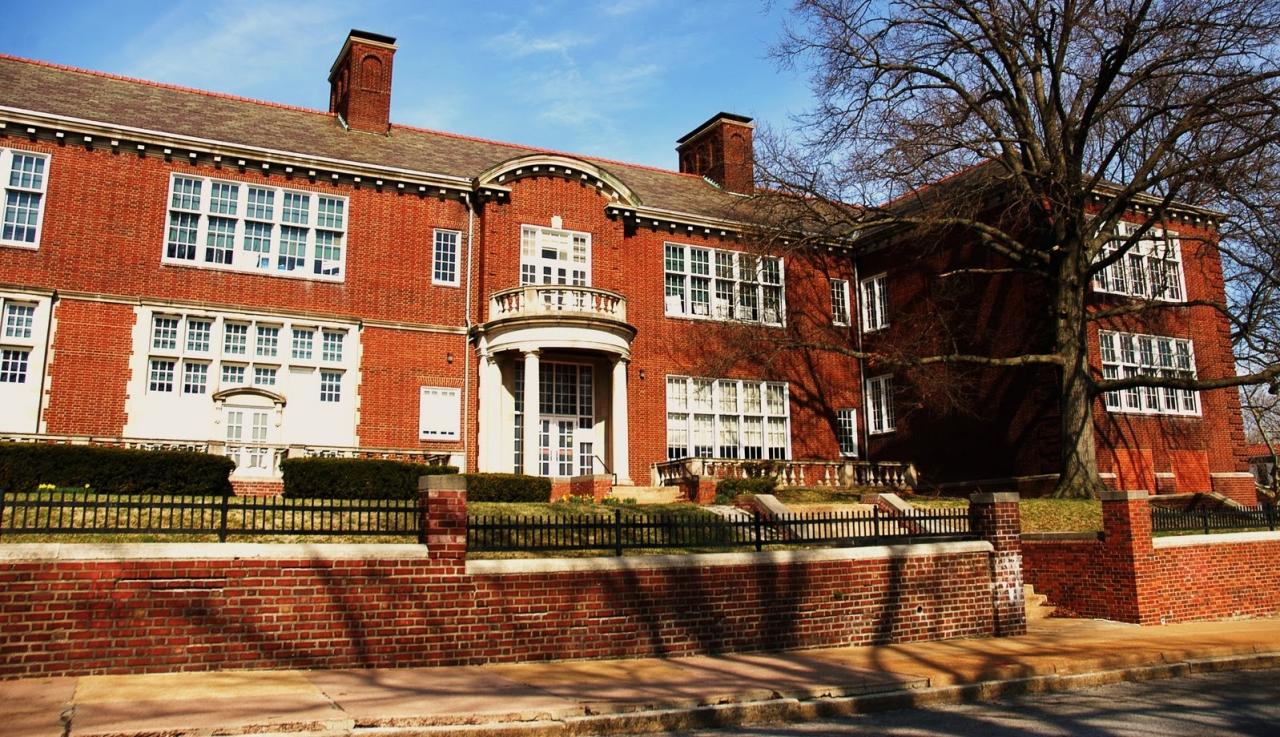
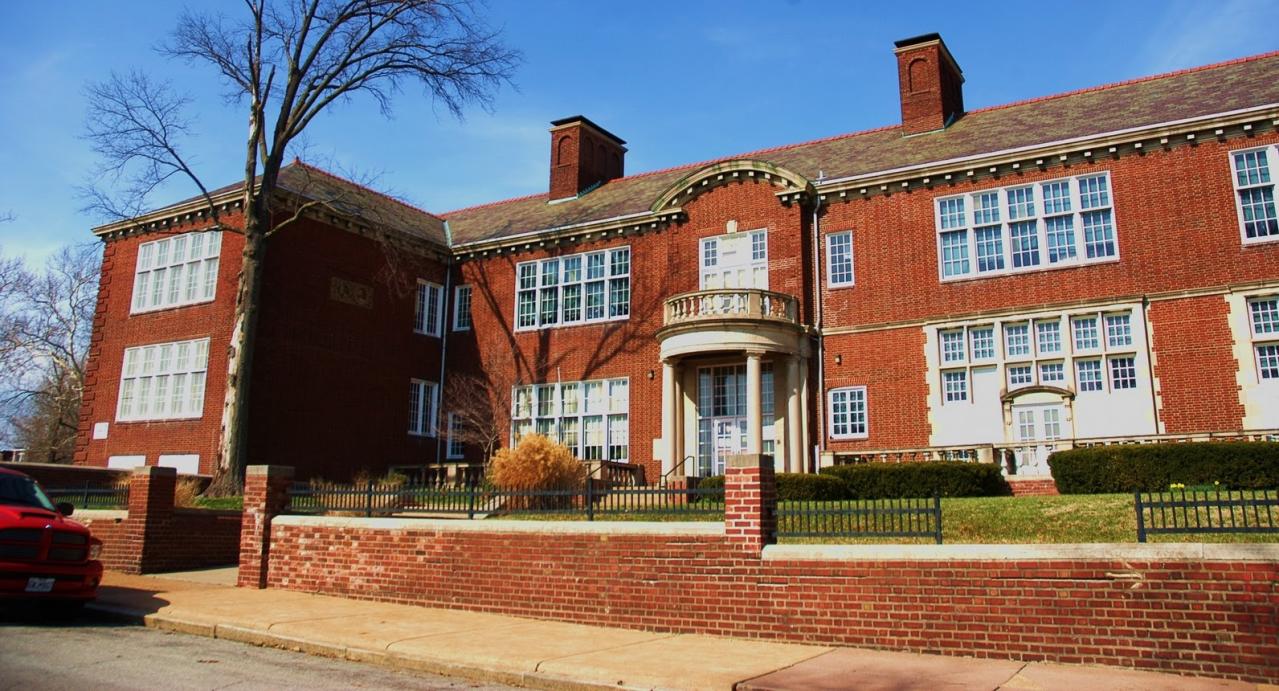
And if you are a mid-century-modern fan, check out the Langston Middle School at 5511 Wabada:
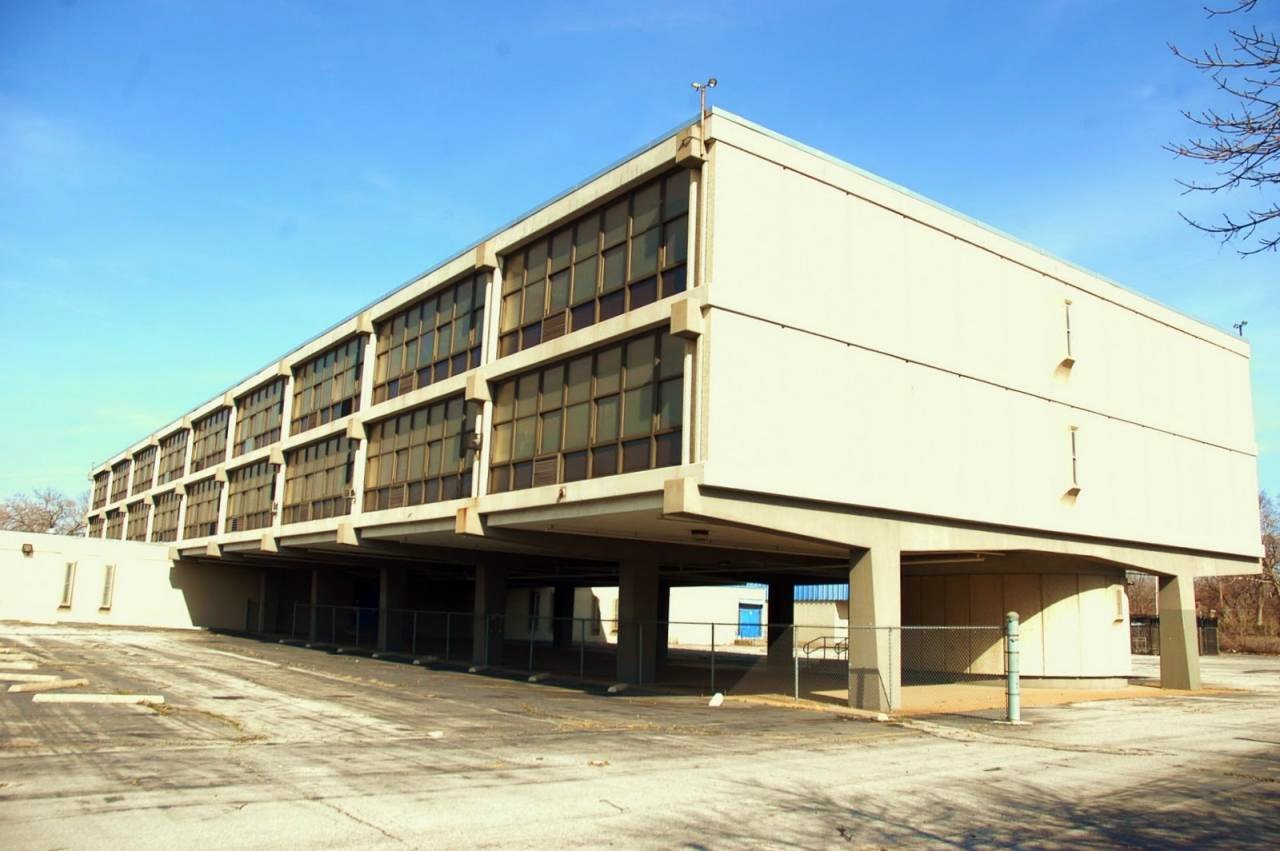
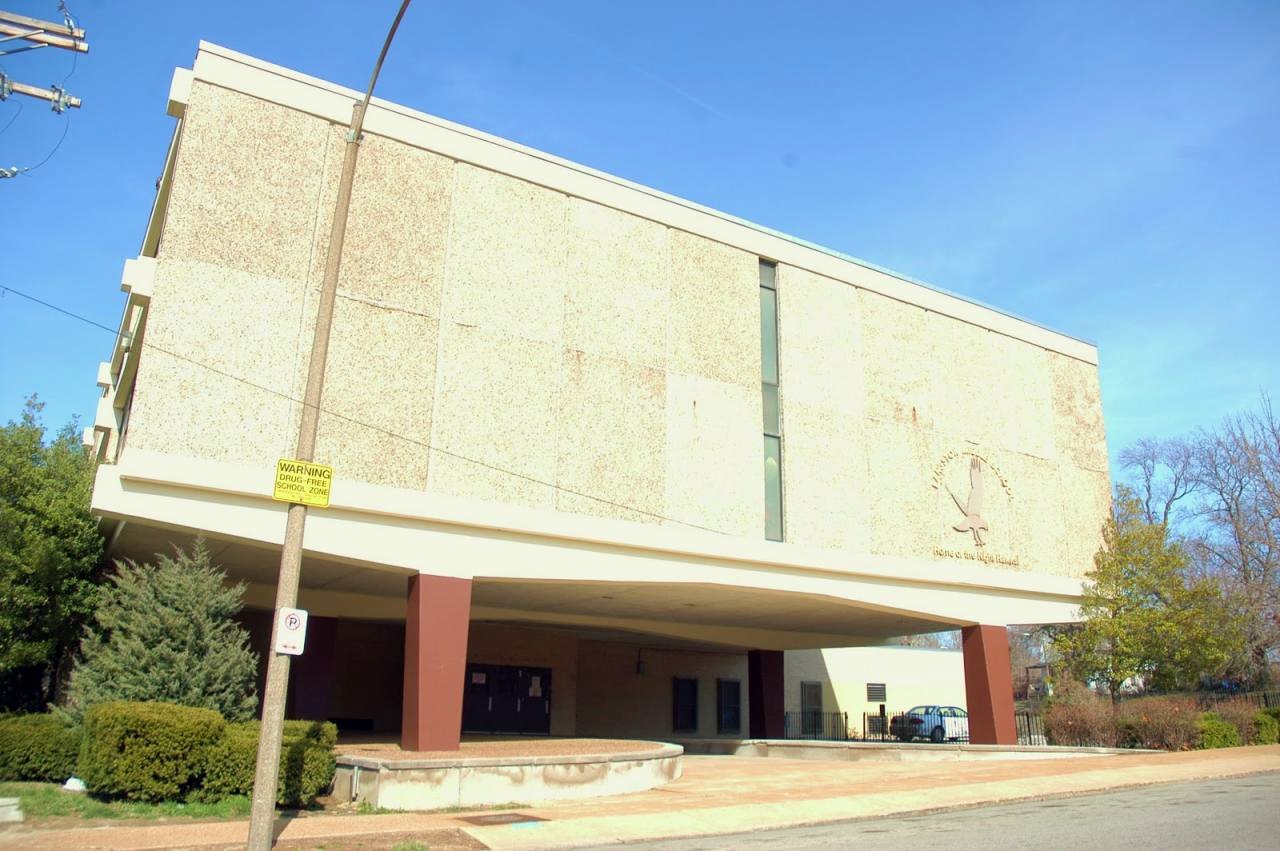
As per the description on the neighborhood site, and it’s close proximity to Mark Twain/I-70 Industrial neighborhood, this has long been a neighborhood that was close to the manufacturing industries of days gone by; here are some interesting former factories near Maffitt and Hamilton that caught my eye:
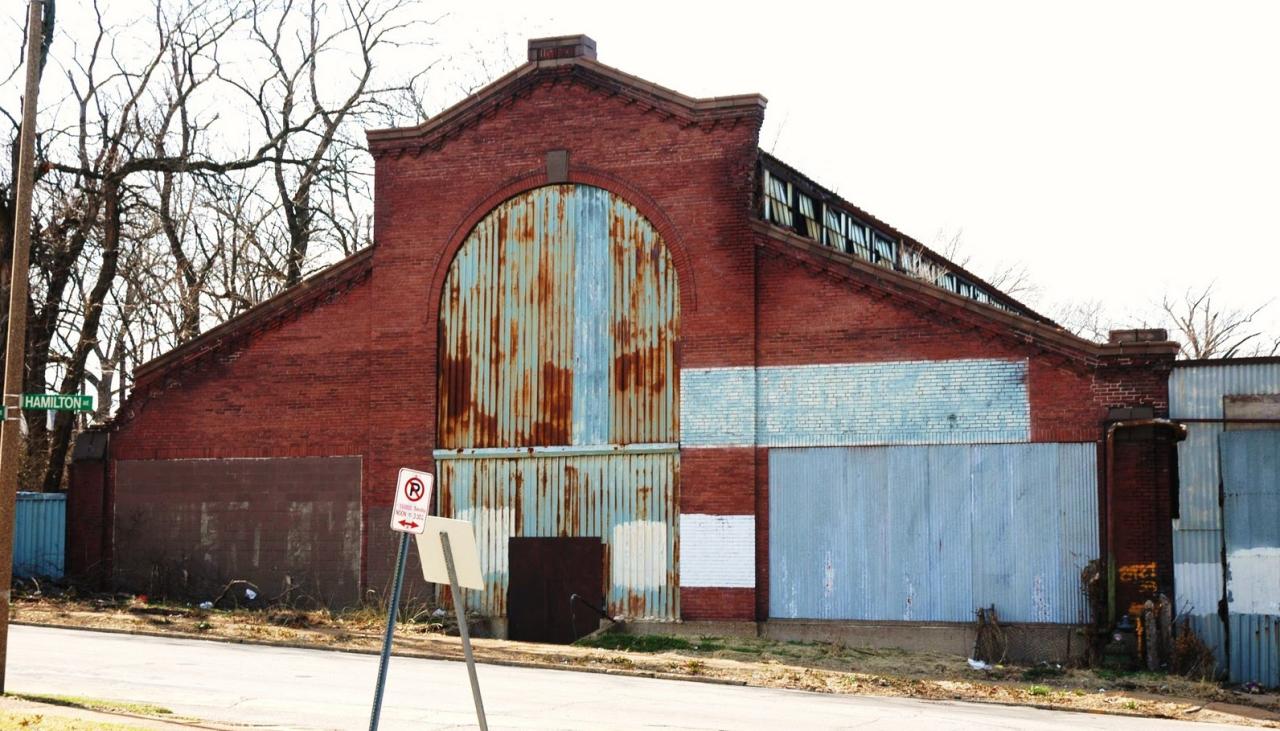
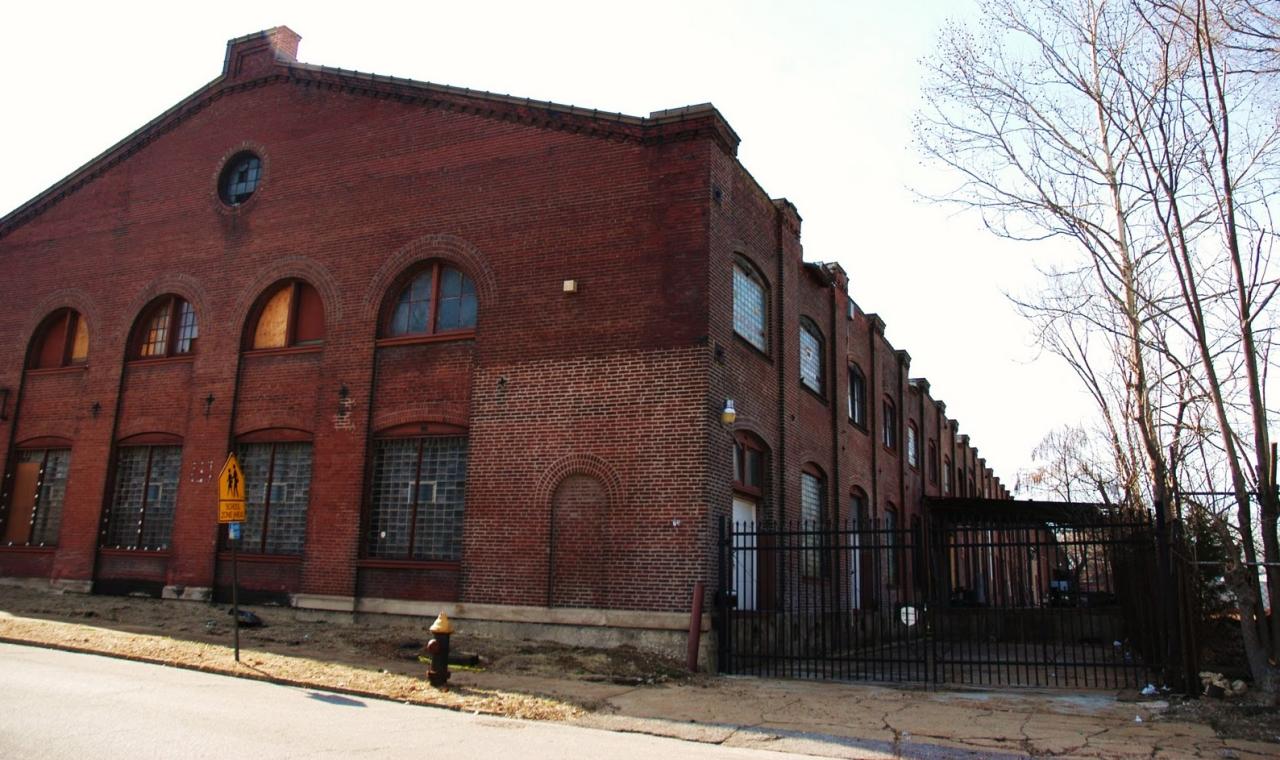
Arguably the brightest ray of hope is the Arlington Grove development that is incorporating the rehab of Arlington School as it’s centerpiece. Here’s some info from Multi-Housing News:
Construction has started on the Arlington Grove residential redevelopment project in north St. Louis. When complete it will include 112 mixed-income rental units in garden apartments, townhouse and semi-detached housing, along with a new mixed-use building and rehabilitation of the historic Arlington Elementary School. All together, the redevelopment will total 162,000 square feet of residential space and 5,000 square feet of commercial space.
The school renovation will include 21 apartments. The rest of the Arlington Grove’s residential space will be 91 new-construction townhomes and garden apartments. All of the units are designed to meet mandatory Enterprise Green Communities (EGC) criteria as required by the Capital Fund Recovery Competition (CFRC) grant, a stimulus-related grant awarded by the U.S. Department of Housing and Urban Development that helped pay for the $41 million development.
The redevelopment will contain market rate units, Low Income Housing Tax Credit units for tenants at 60 percent of the area median income, HOME units and public housing units. According to the developer McCormack Baron Salazar, Arlington Grove is considered one of the first EGC “green” designed mixed- income projects in the country, and the first for the city of St. Louis and Missouri.
Environmentally friendly features incorporated into the development’s design by KAI Design & Build–Arlington Grove’s architect, engineer, general contractor and building information modeling coordinator–include Energy-Star appliances and fixtures, high-efficiency HVAC systems, solar panels, water-conserving appliances and fixtures, and the reduction of heat-island effect through highly reflective roof shingles and pervious paving. During construction, KAI Design & Build will practice water-management techniques, as well as the recycling of content materials.
“The development’s green design will absolutely make it competitive in the marketplace,” Anthony Summers, KAI Design & Build senior project manager, tells MHN. “One attractive feature of the development is its more efficient heating, cooling and plumbing systems. Tenants can anticipate lower utility bills as a result of these systems, and that is an attractive benefit.” The development is part of a larger effort to revitalize this part of the city of St. Louis, undertaken by a number of local organizations, including Friendly Temple Church, the City of St. Louis, Ald. Jeffrey Boyd, the Associated General Contractors of St. Louis and the St. Louis Housing Authority. Construction on the Arlington Grove redevelopment is expected to be complete in spring 2012.
Here’s what the construction site looks like today:
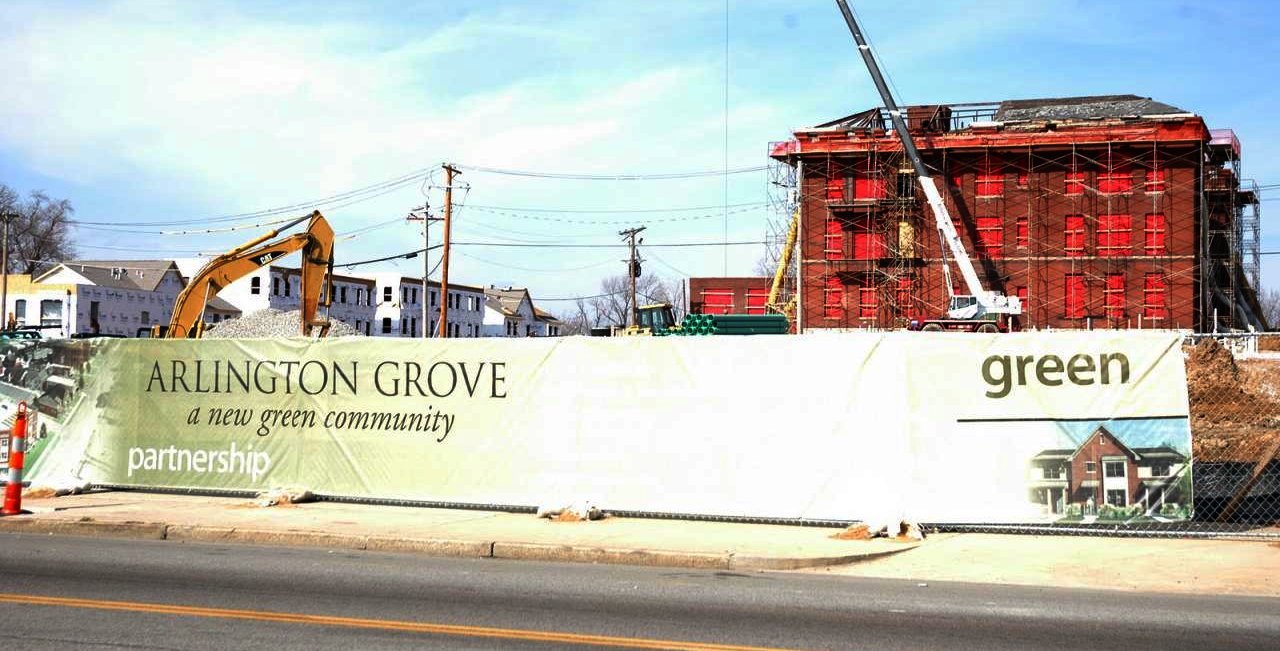
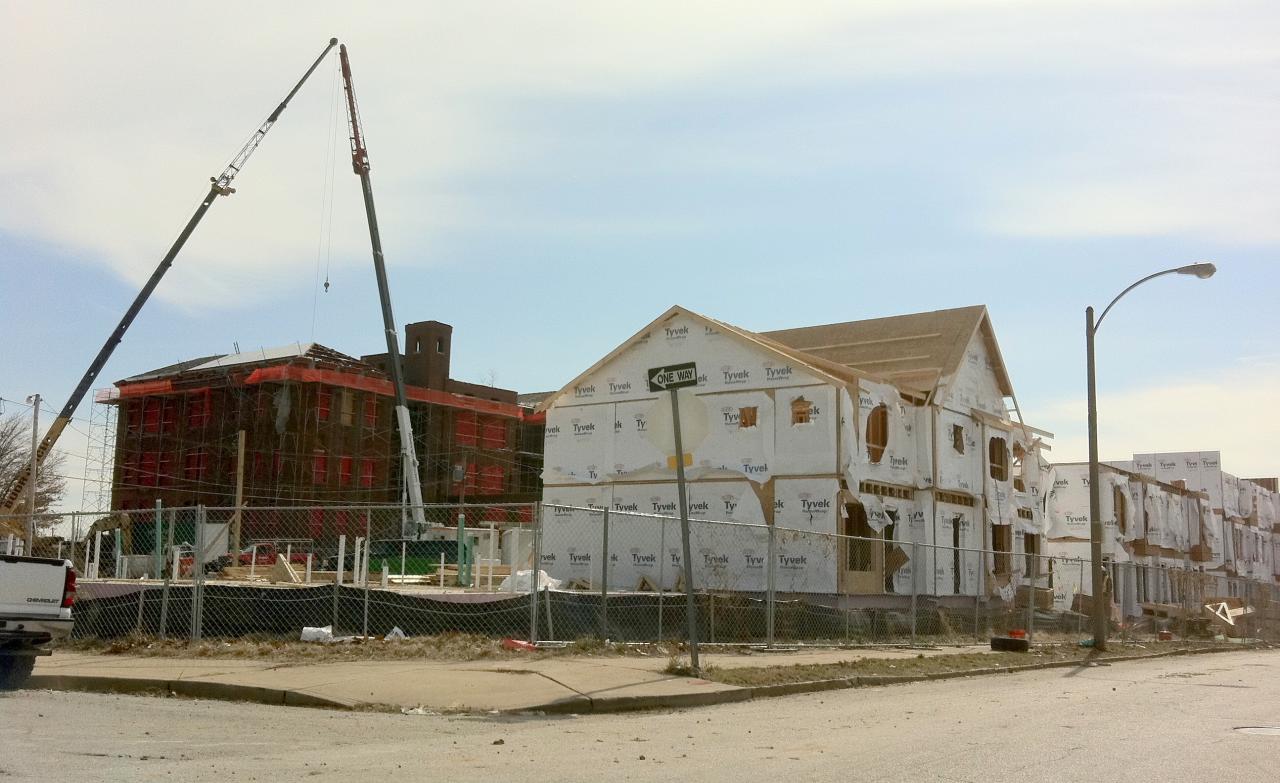
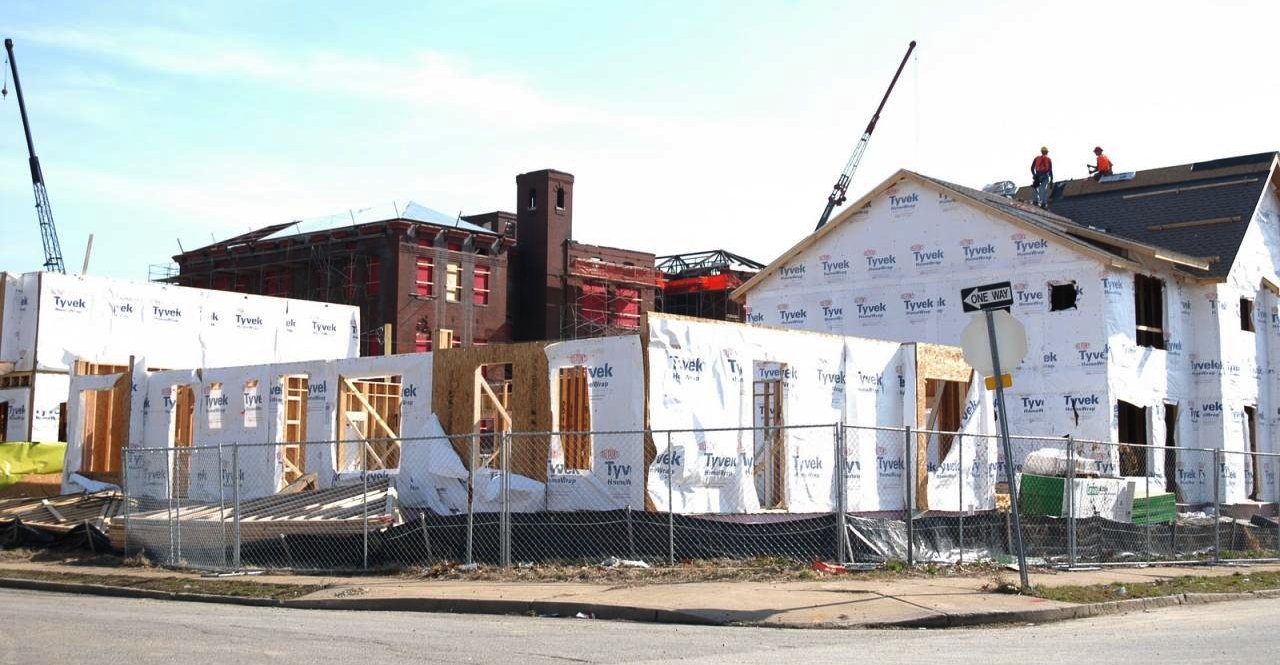

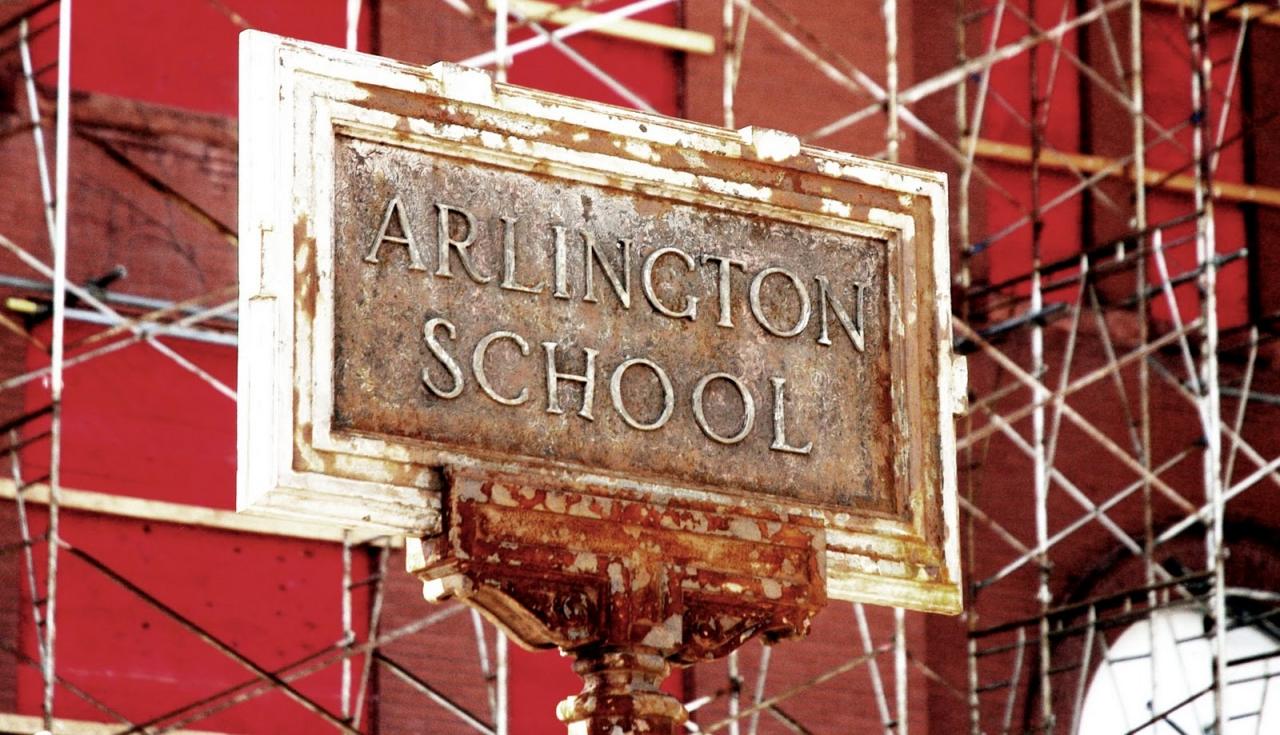
And a couple renderings from the KAI website:
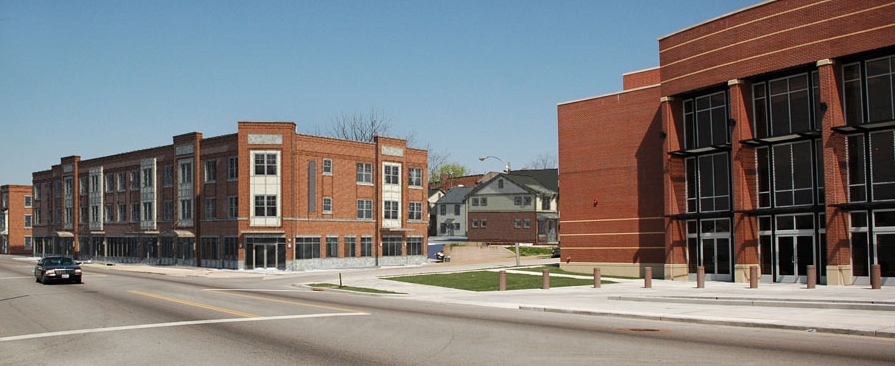
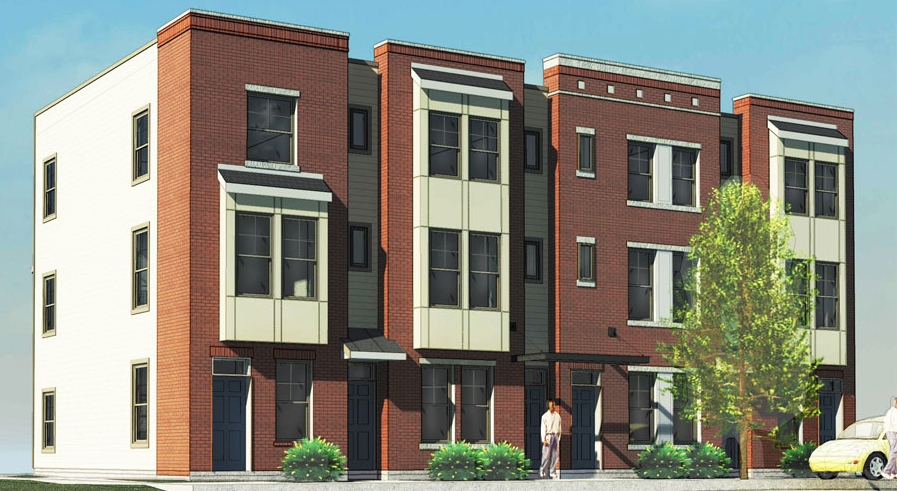
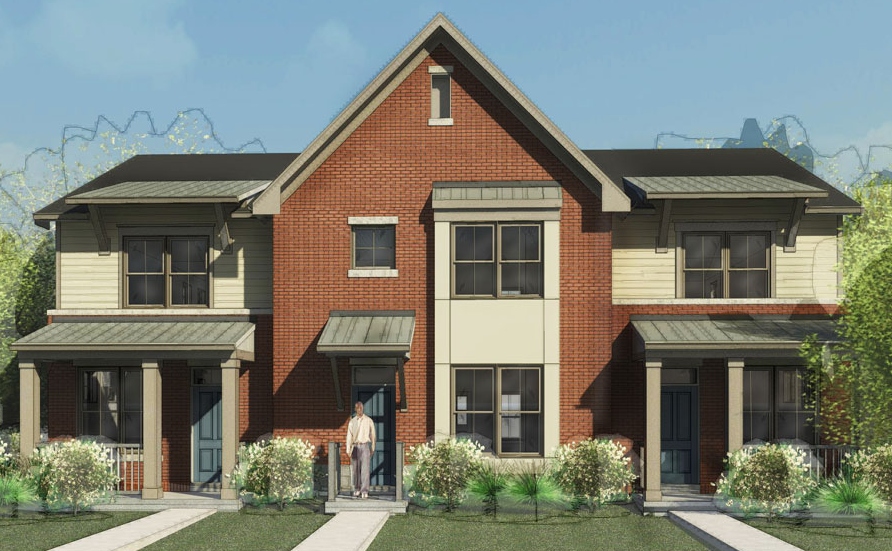
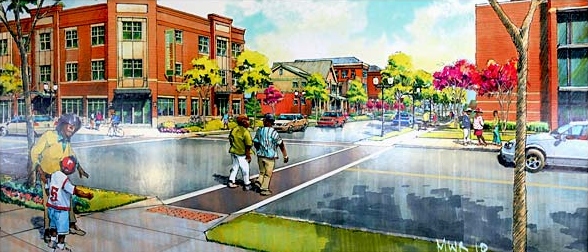
Arlington School circa 1930:
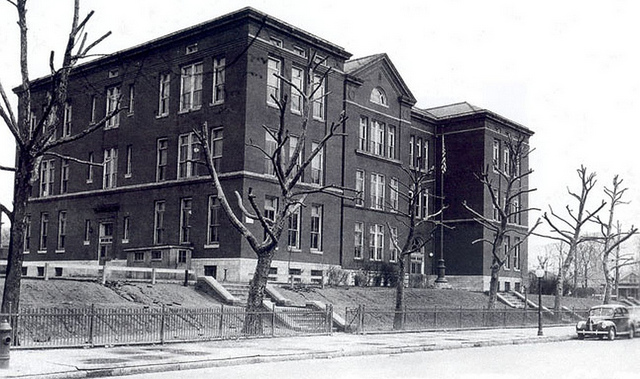
A couple shots of Arlington School prior to renovation, from Michael R. Allen:
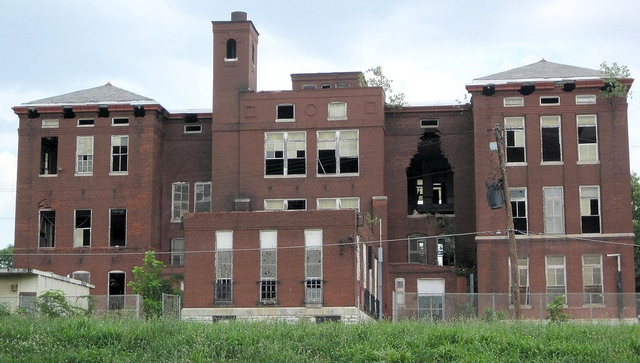
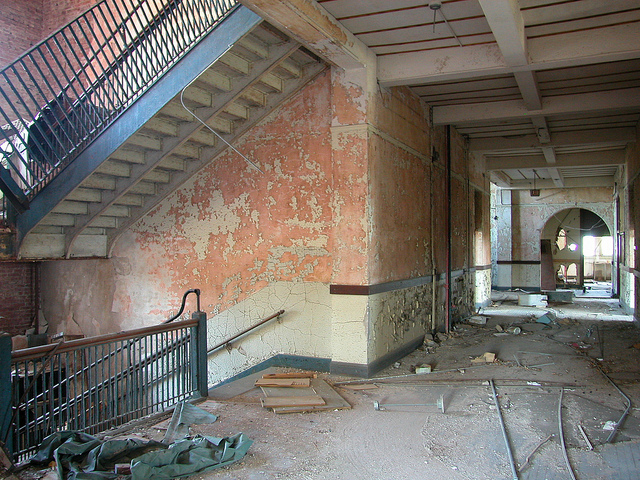
Hopefully the positivity of Arlington Grove will spread and more rehabbing and infill sprouts up in Wells/Goodfellow. So go check it out and when you are in the neighborhood, make sure you stop by the landmark Goody Goody Diner:
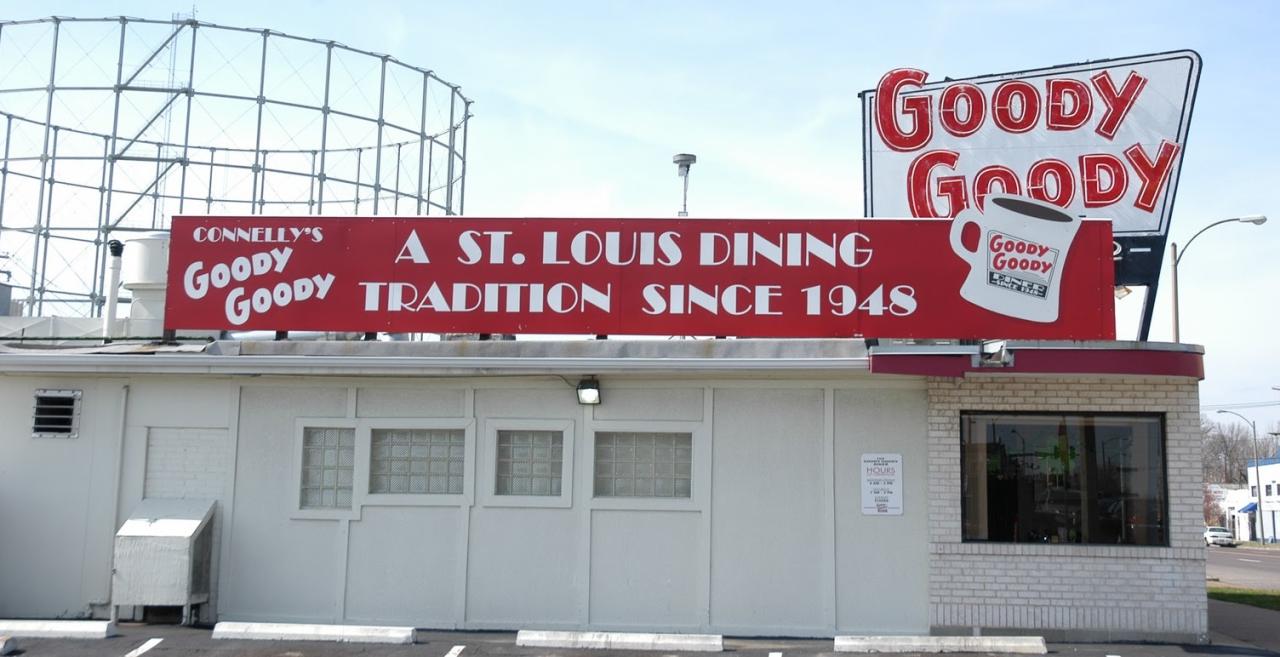
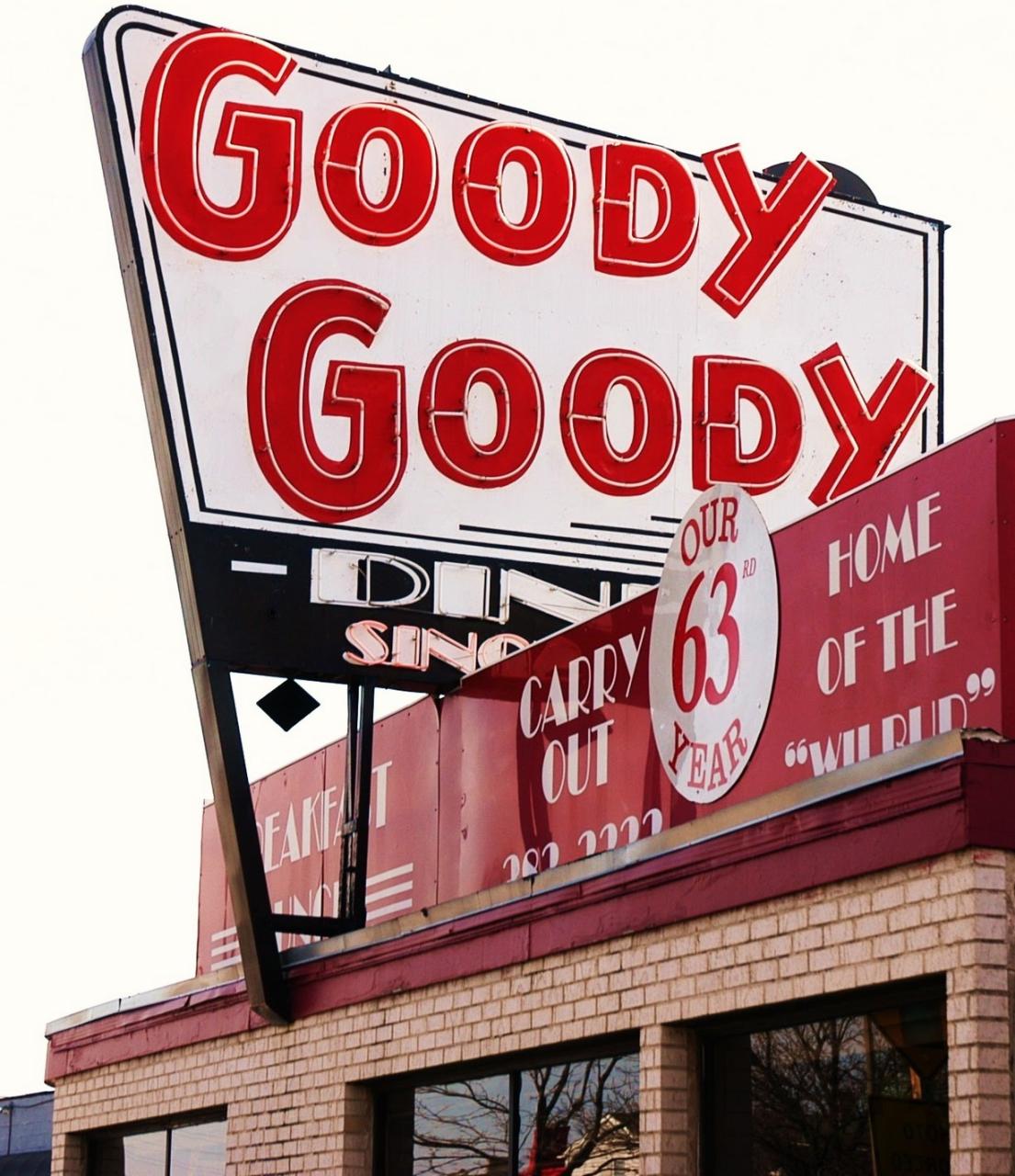
Here’s to a brighter future for Wells/Goodfellow and an end to the 50% decline in population experienced since 1990.

 Wells/Goodfellow is a north St. Louis neighborhood bound by the city limits to the west, Union to the east, Martin Luther King, Jr. Drive to the south and Natural Bridge Avenue to the north. Wells/Goodfellow abuts the St. Louis County suburb of Pine Lawn.
Wells/Goodfellow is a north St. Louis neighborhood bound by the city limits to the west, Union to the east, Martin Luther King, Jr. Drive to the south and Natural Bridge Avenue to the north. Wells/Goodfellow abuts the St. Louis County suburb of Pine Lawn.
